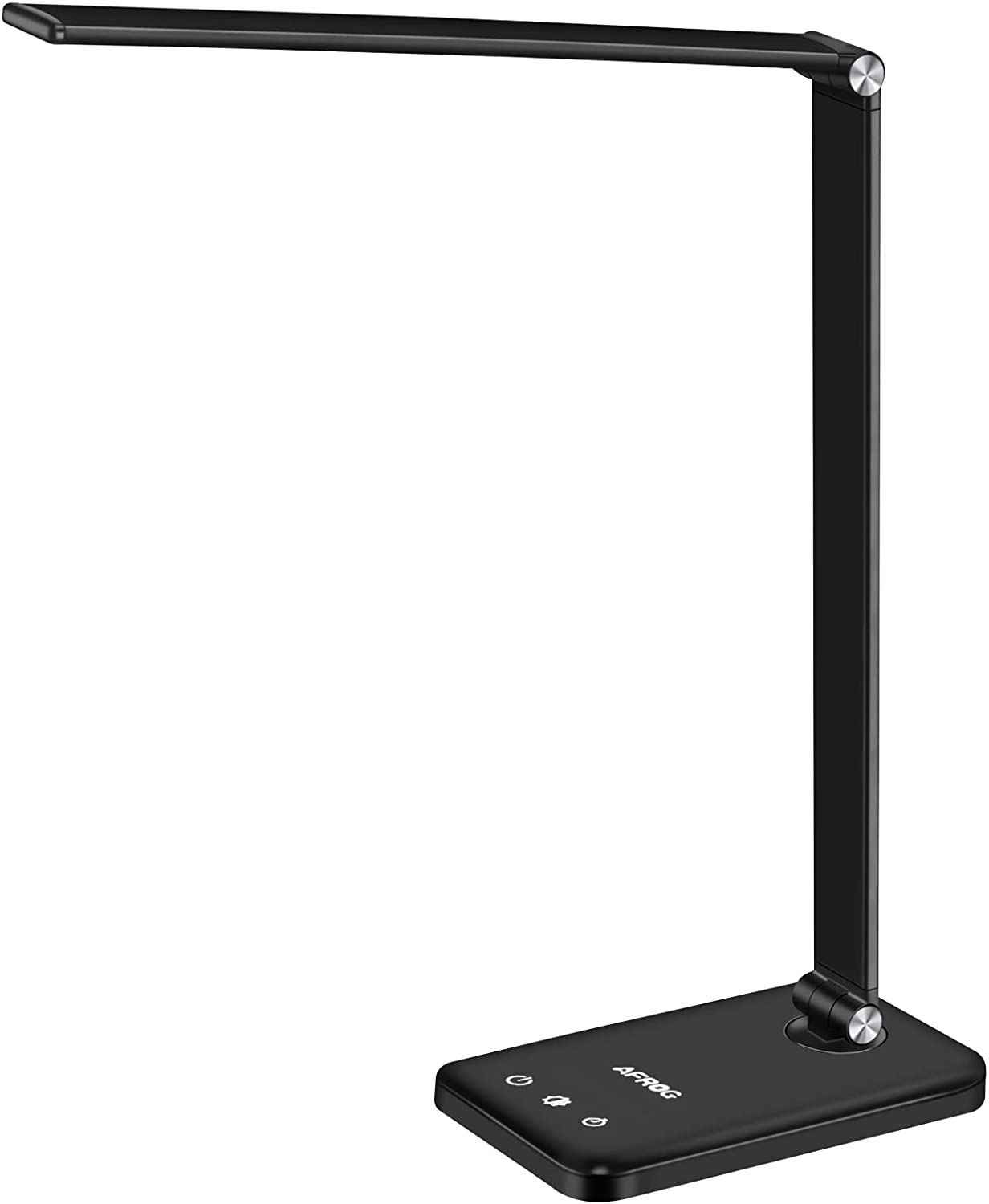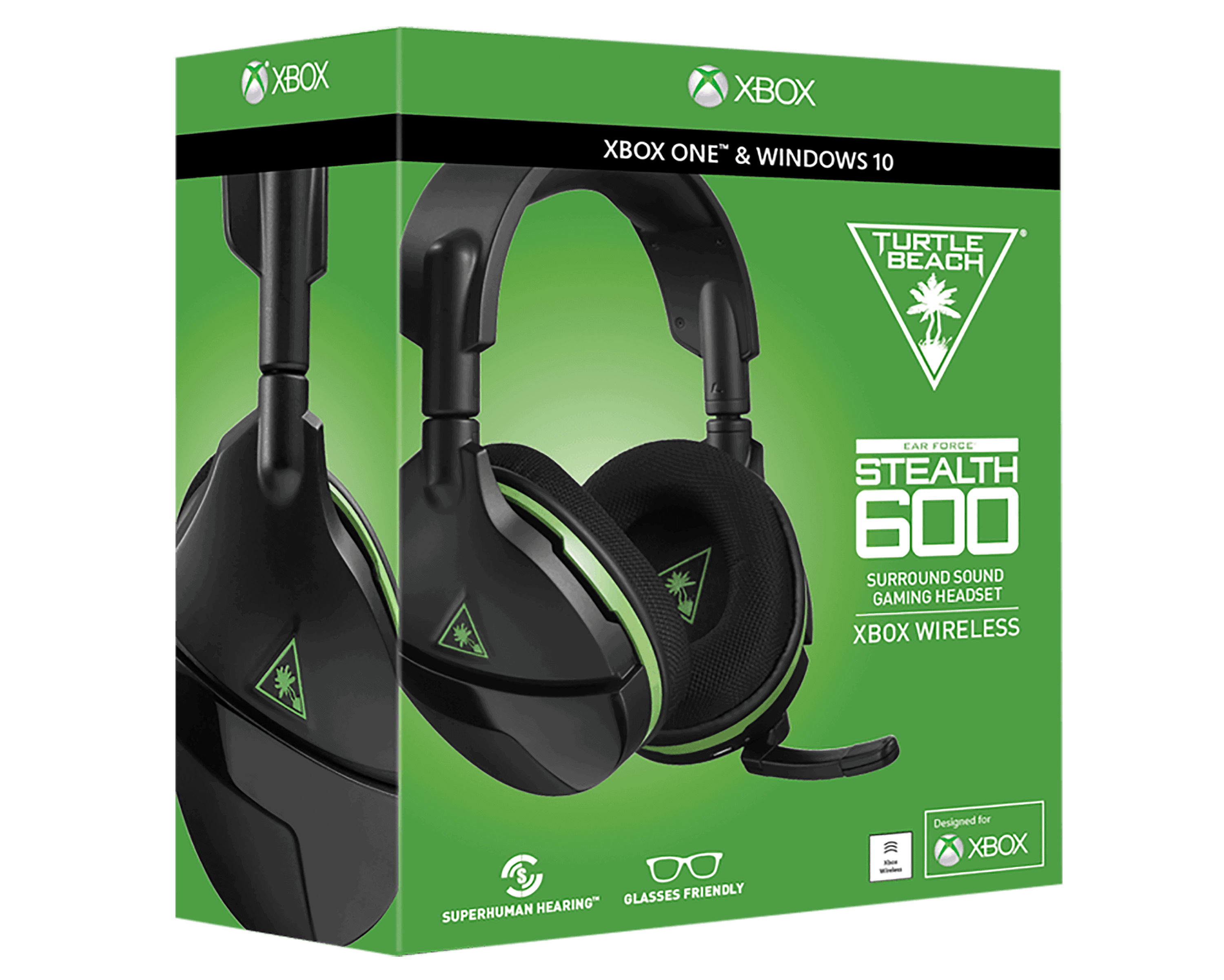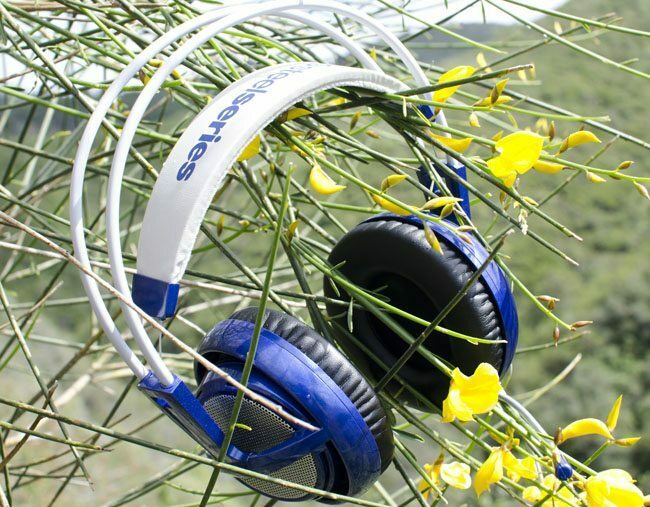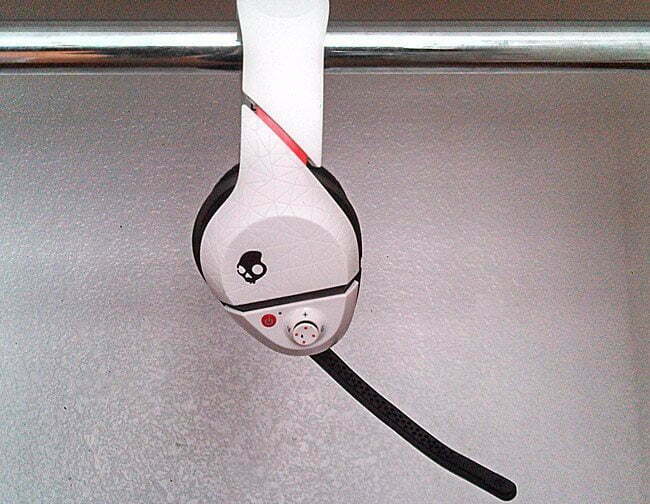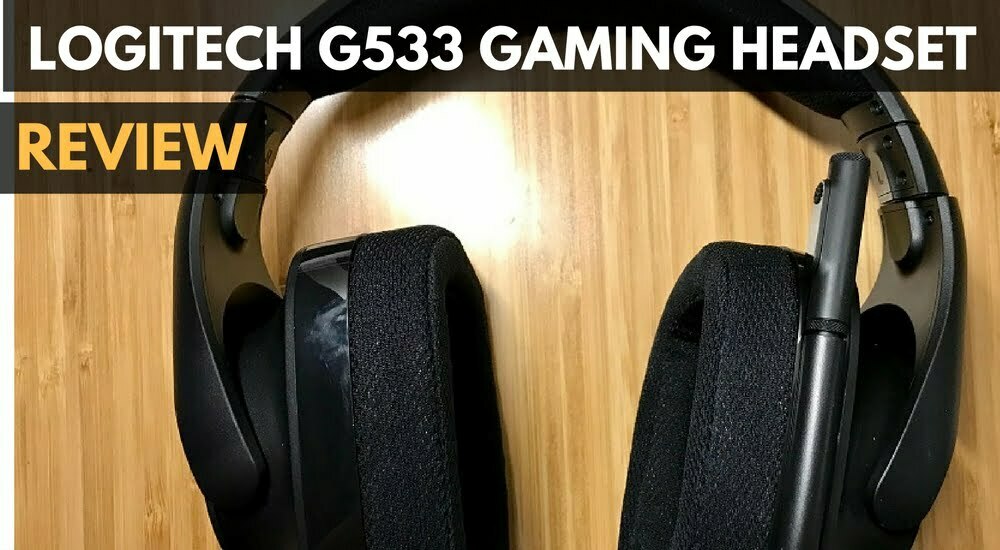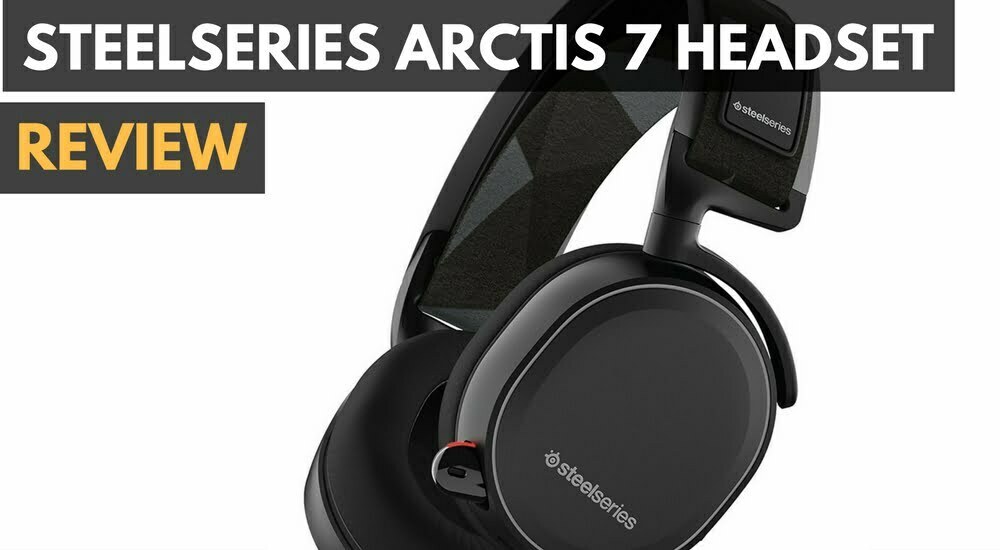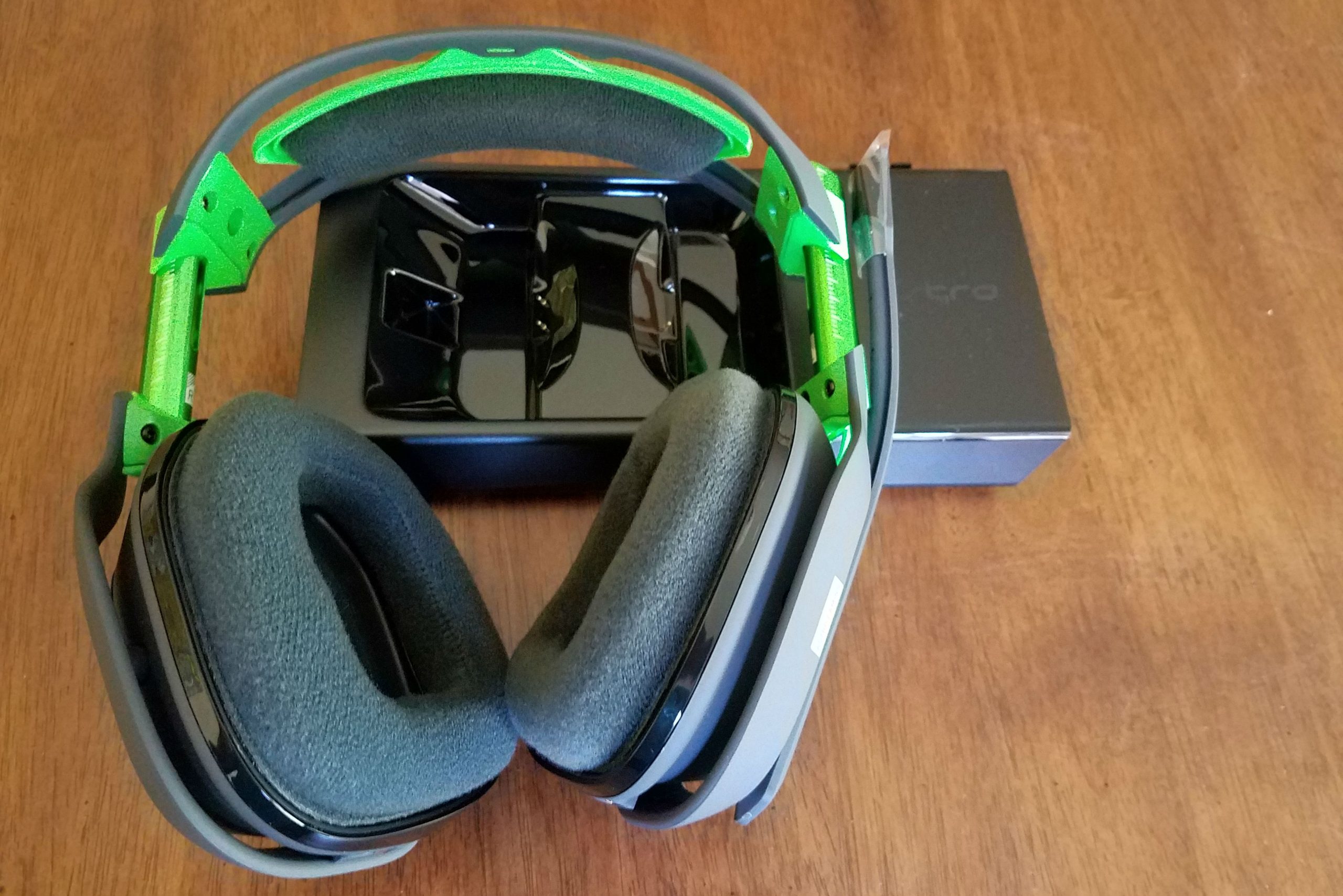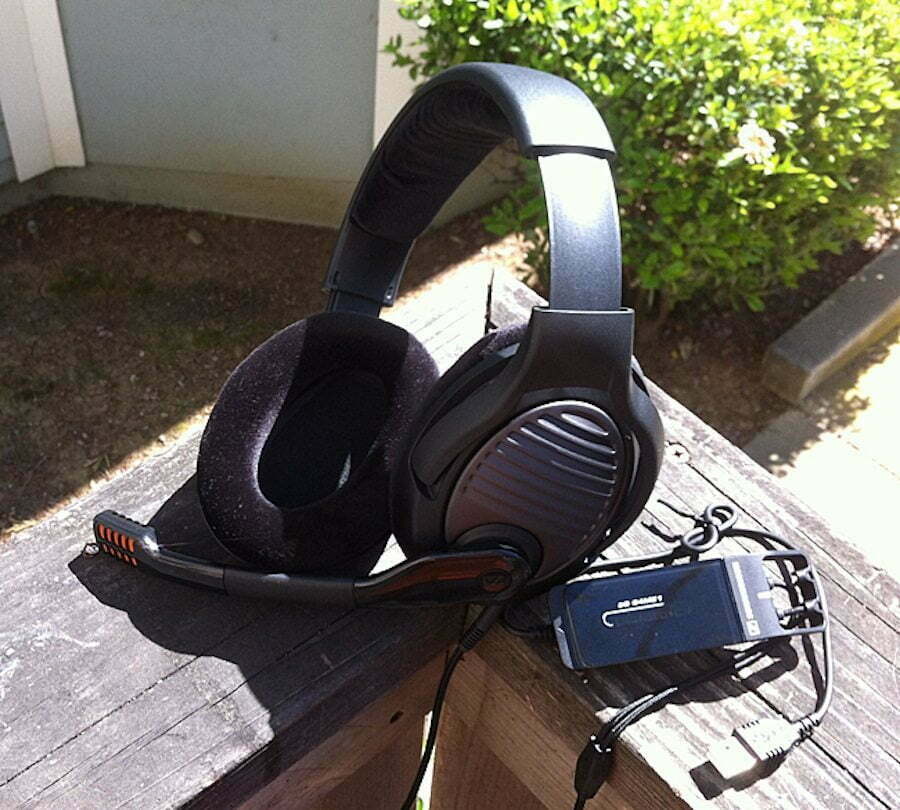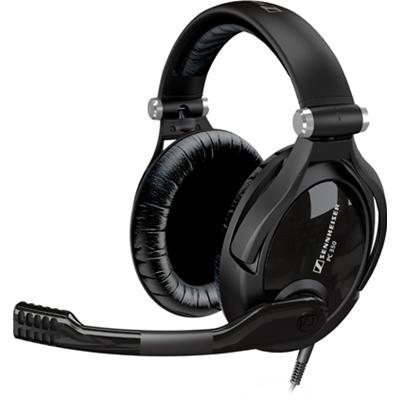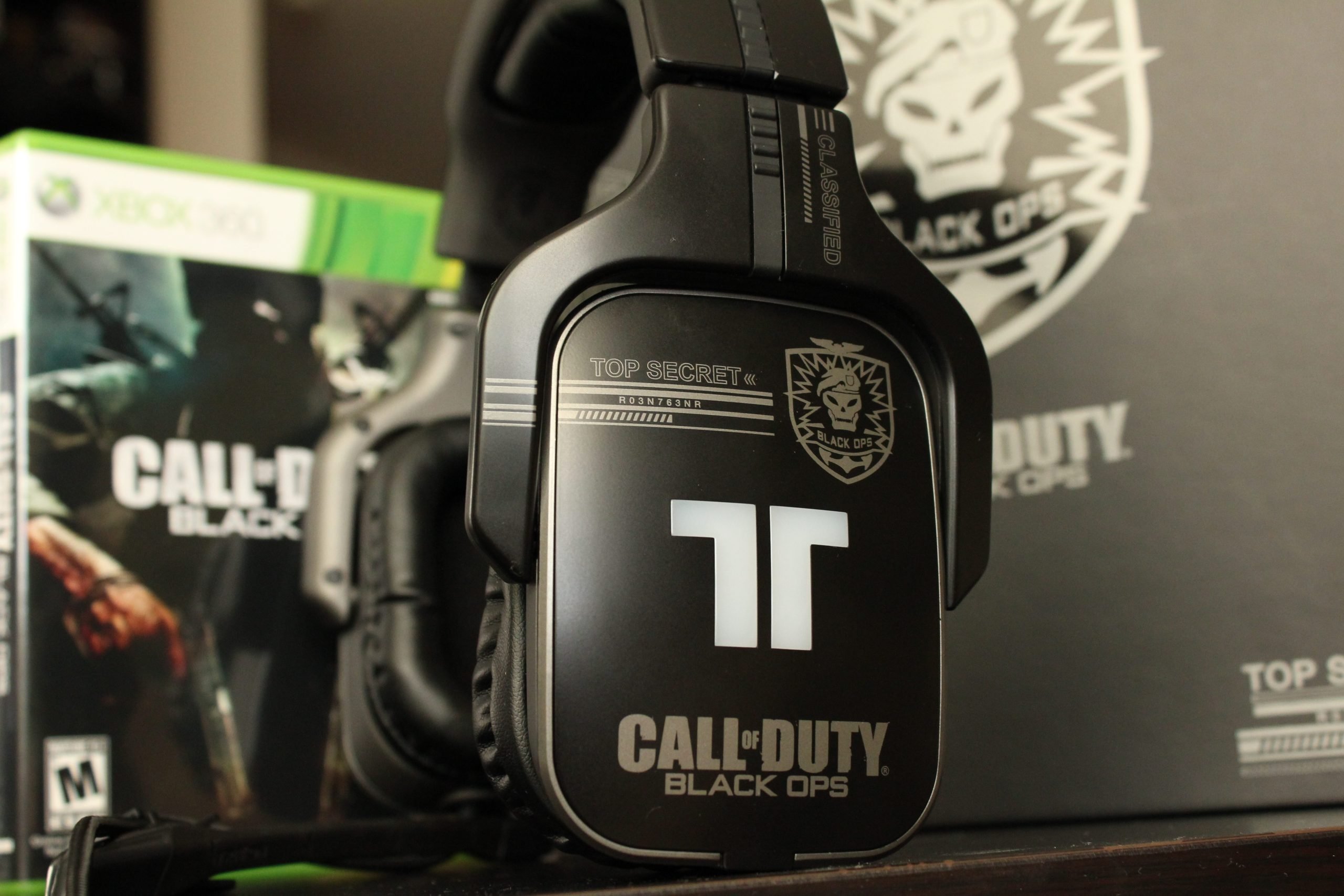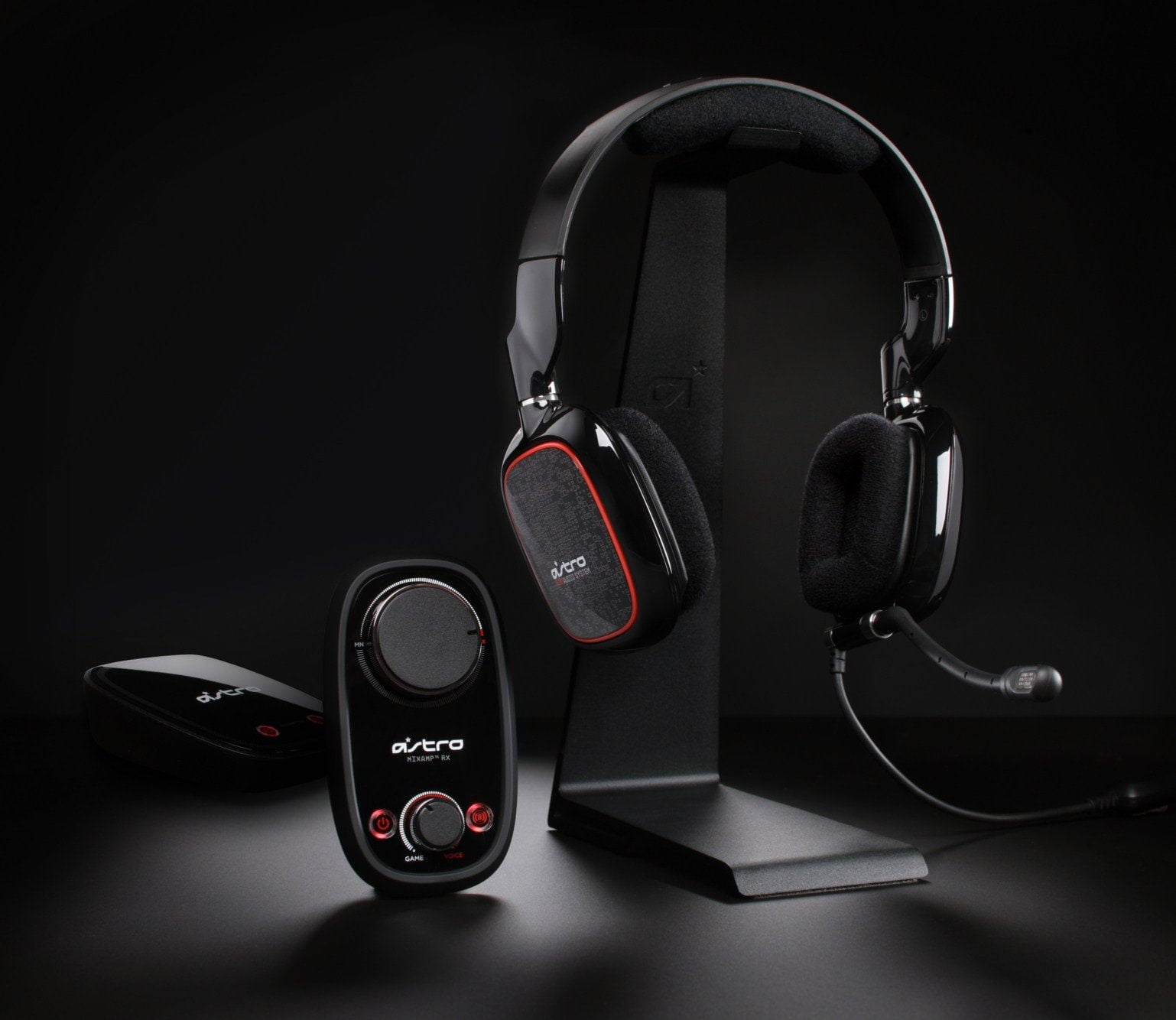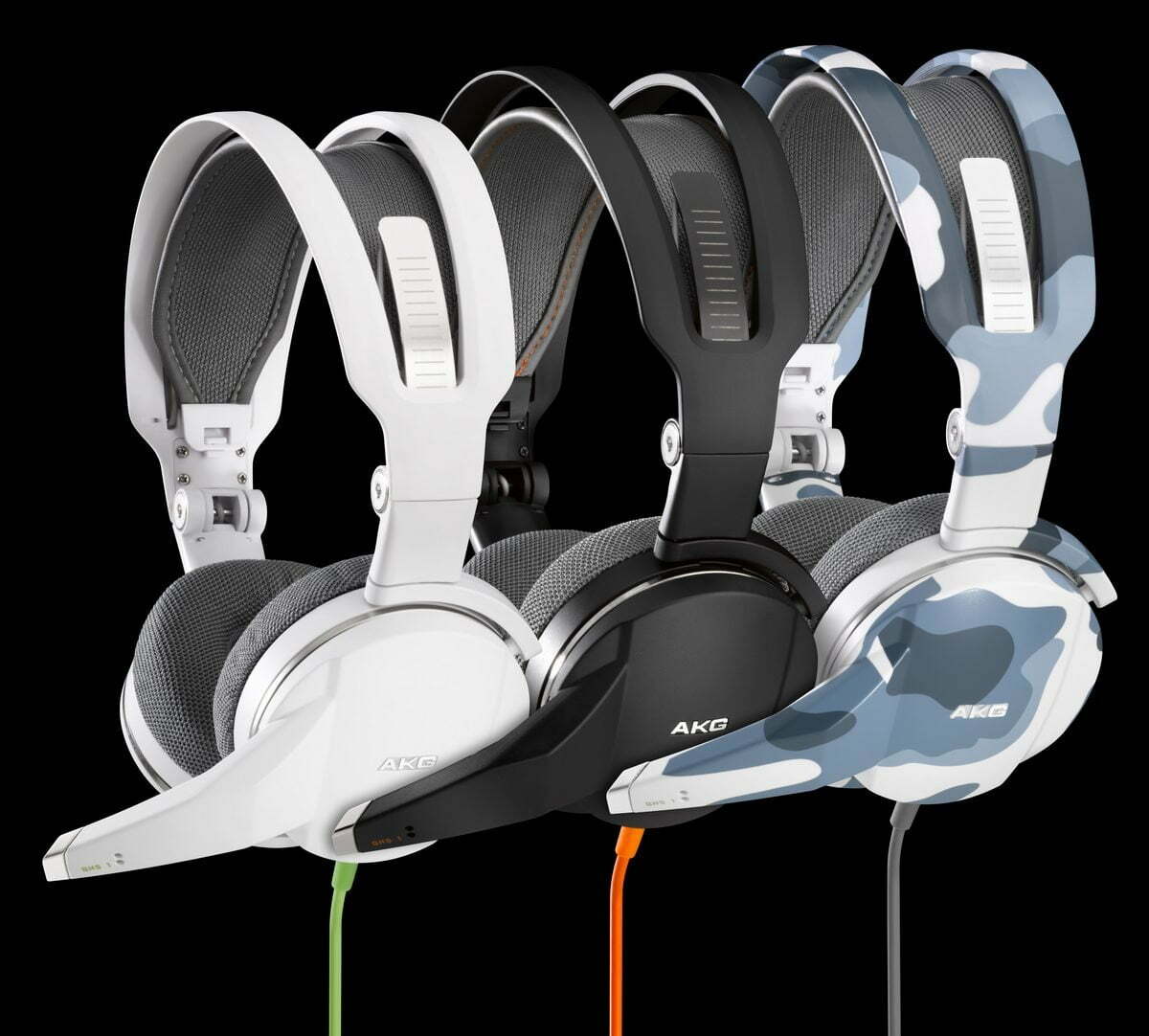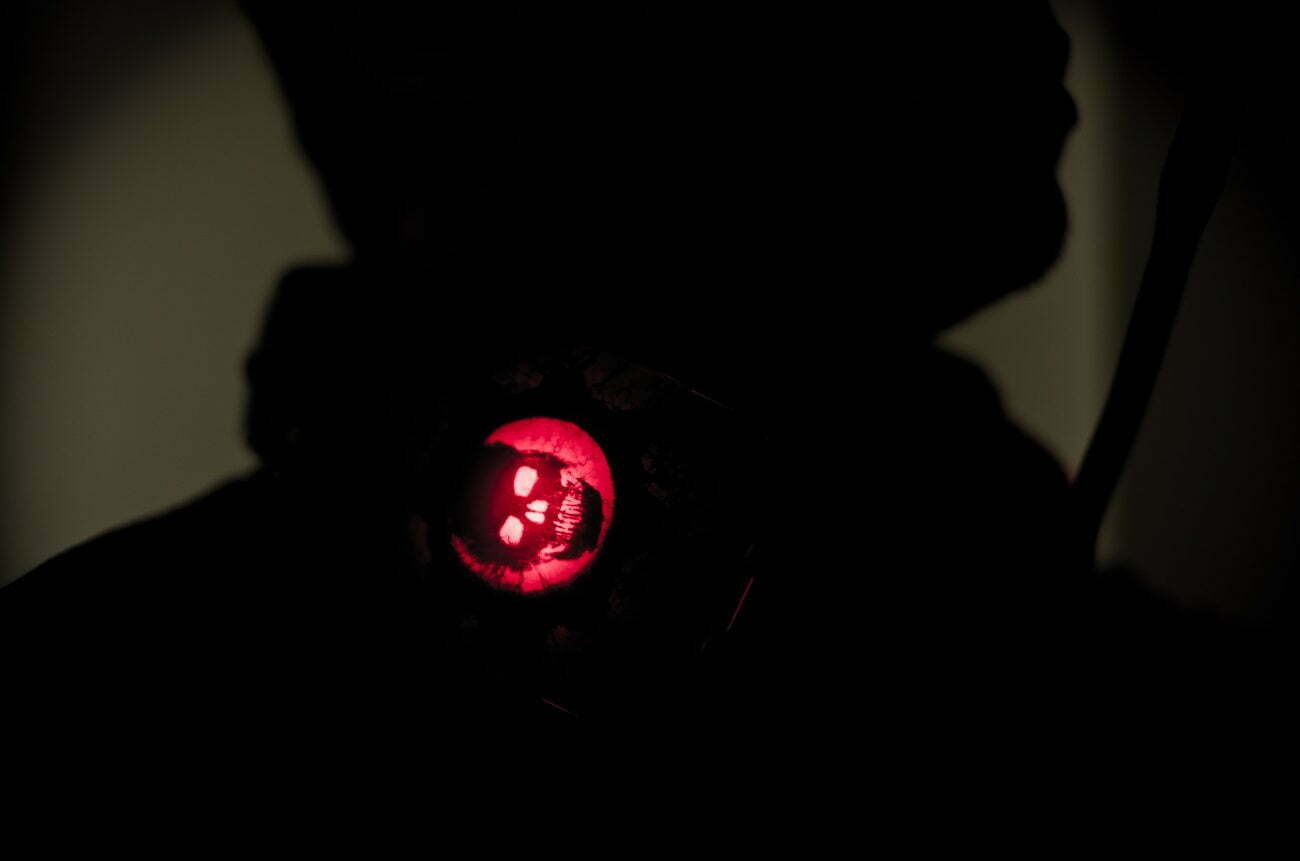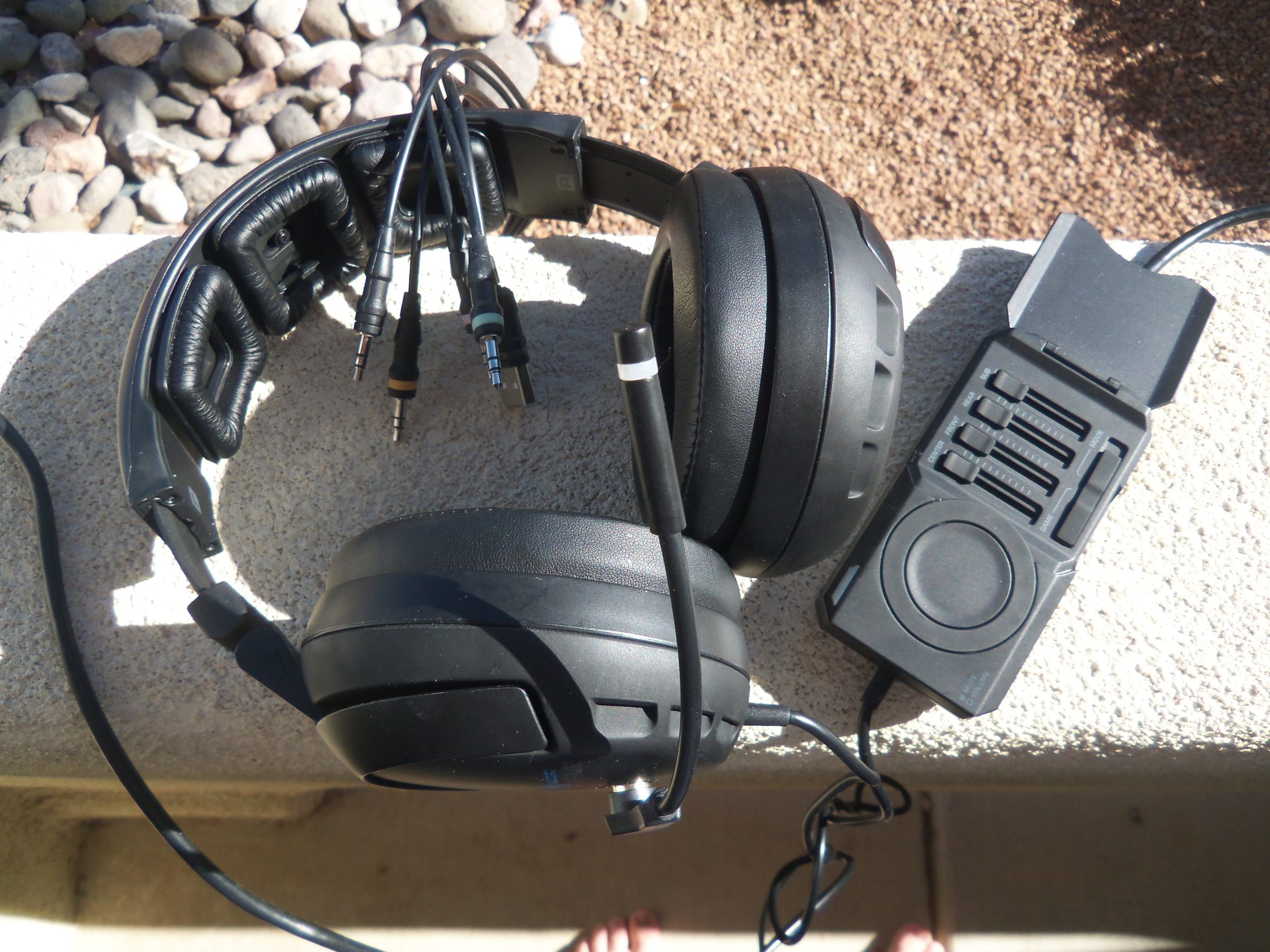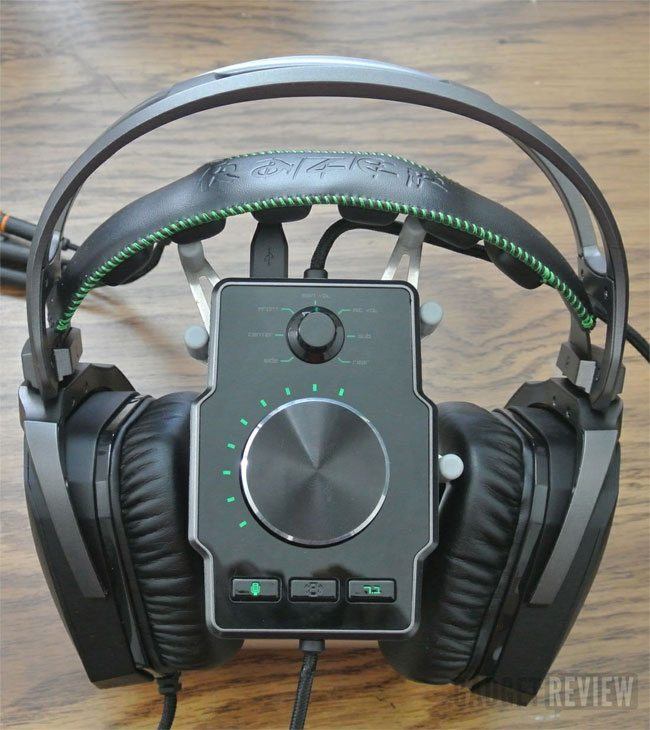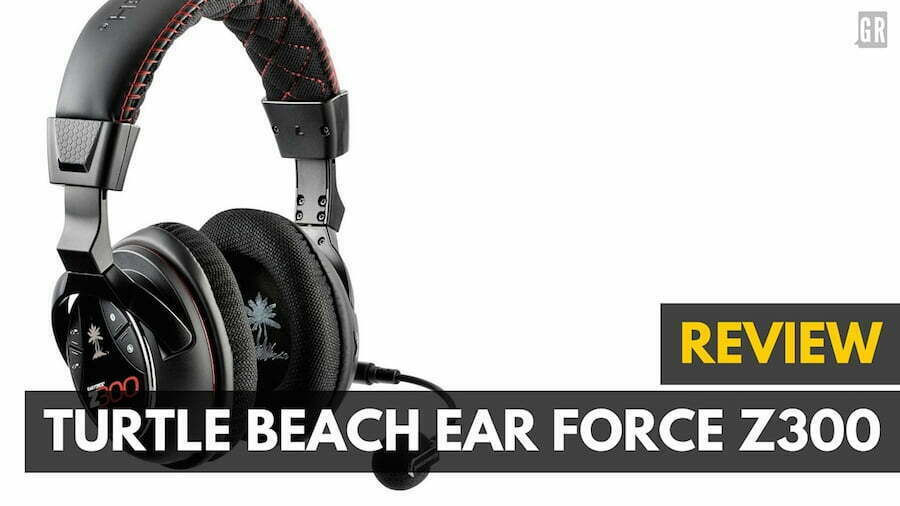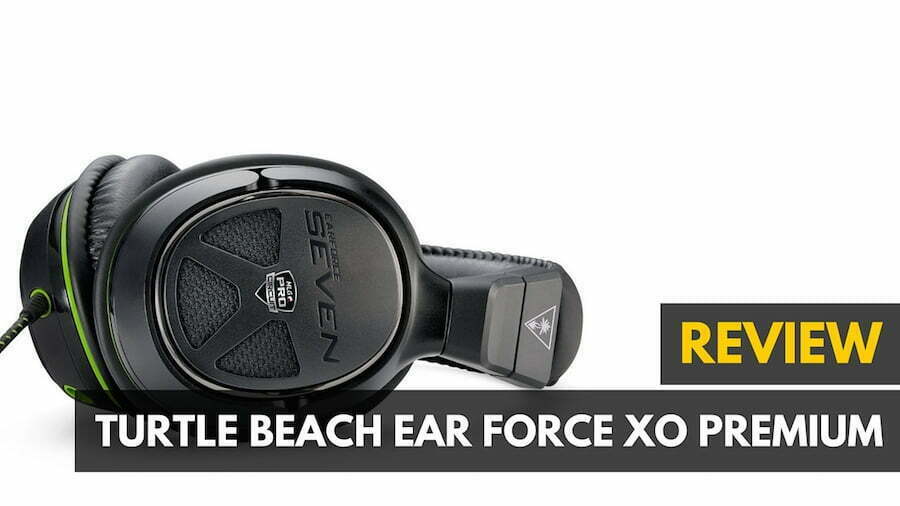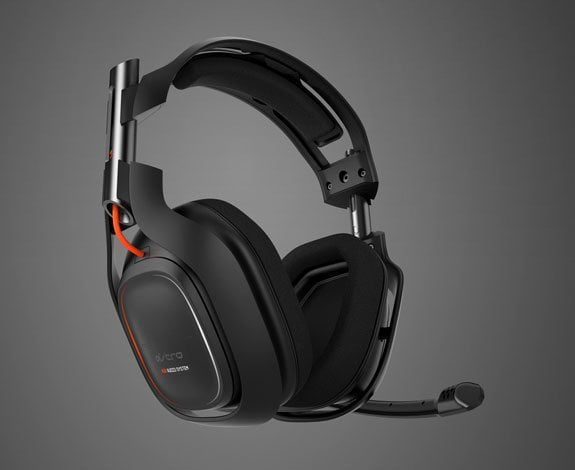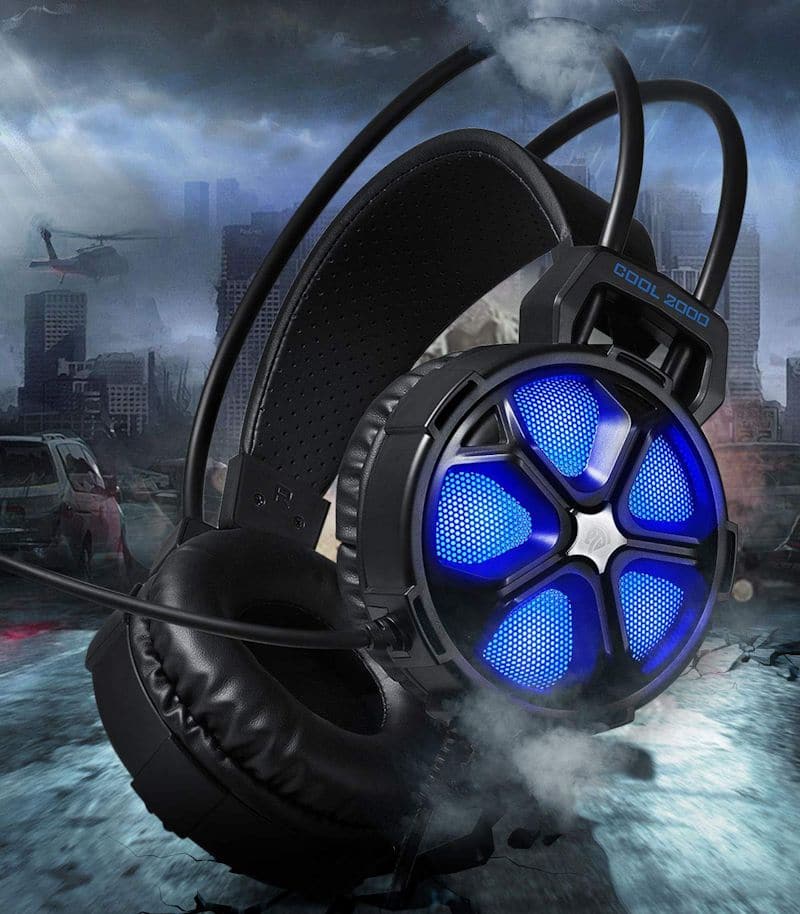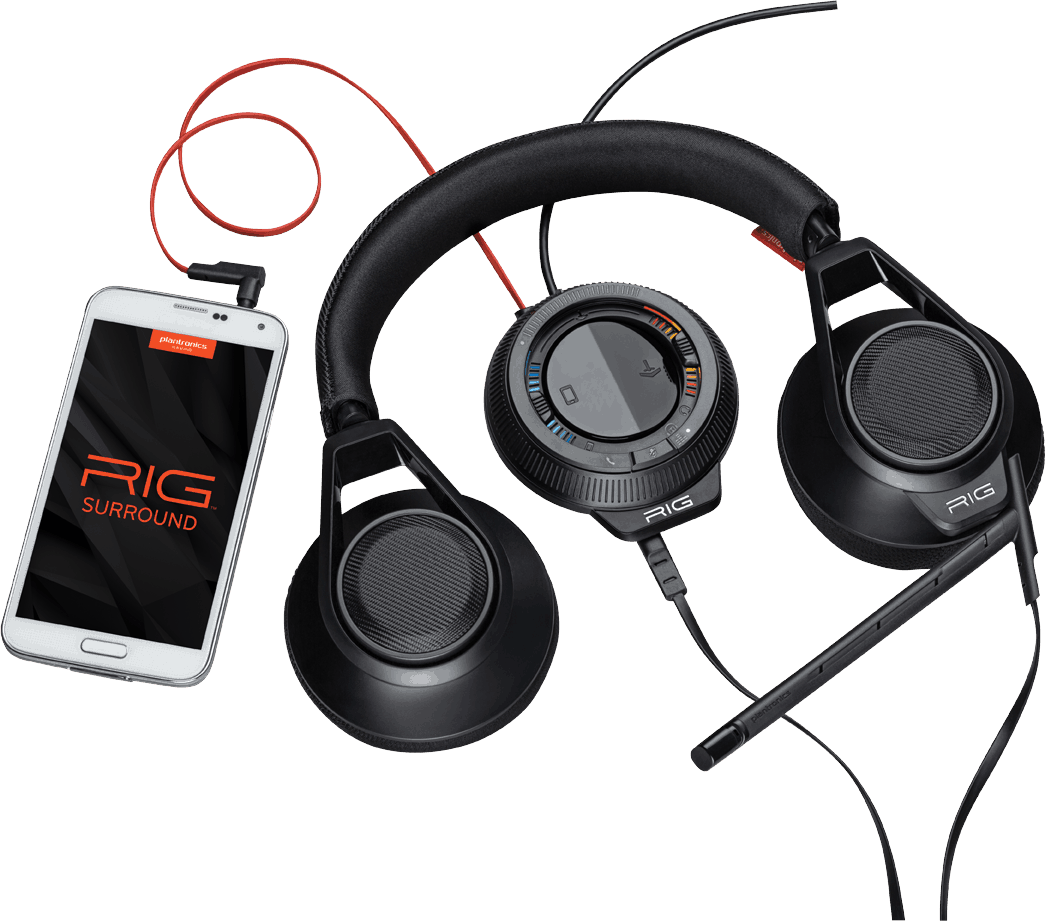Even the best gaming headset will need replacement ear pads at some point. As such, you should be able to recognize the signs of when to replace ear pads on your gaming headset. This is crucial to maintain the cushy comfort that made you buy them in the first place. Keep reading to find out when and how to do so.
KEY TAKEAWAYS:
- If the memory foam earpads are falling off your headset, it’s likely time to replace them. You can also use earpad tape to fix your acoustic headset in the meantime.
- When beloved headphones warp, commence with the earpad replacement process. Choose gaming headphones with removable headphone ear pads for this reason.
- Real leather gaming headphones, especially professional-grade protein leather, have superior durability to faux leather gaming headphones.
Can I Purchase Replacement Ear Pads?
Knowing when to replace ear cushions can be confusing. Fortunately, common signs point to your high-quality headphones needing new headphone cushions. The rest of the article focuses on this.
Insider Tip
Choose gaming headphones with sound isolation for fantastic sound quality.
For now, here are some tips for keeping your headphone cushion in excellent condition:
- Use leather conditioner on genuine leather headphone models.
- Keep your ears clean so that the porous material doesn’t collect bacteria.
- Choose removable headphone ear pads for an easier cleaning process.
Learning where to store a gaming headset will make sure you don’t have to go through the process of replacing ear cushions more often than you need to.
When to Order Your Replacement Pair Of Ear Cushions
All headphone models will lose firmness over time, and earpad degradation will ruin the gaming experience due to the loss of audio quality and comfort.
This is especially true for memory foam earpads. As a result, there are a few situations where you’ll need to replace them, which we’ll go over below.
If the warranty covers wear and tear, you have a limited time to request a free set of replacement headphone cushions. However, you’ll have to pay for them if this window passes.
While you’re thinking about replacements, consider replacing other parts that may be breaking down. Figure out what size driver is needed for your gaming headset and see if you can do that, too.
When You Notice Deformed Headphone Pads
Synthetic leather tends to crack quicker than real leather, leading to signs of headphone pad degradation. Always use conditioner for leather pads, even if you have artificial leather.
Glued Headphone Ear Pads are Falling Off
You need a new pair if you can remove cushions from headset models without much effort. Excess moisture can ruin the seal holding the soft memory foam cushioning to your headset.
Until your replacements arrive or if you simply want a cheaper alternative, you can use earpad tape to fix this. It’s available from most retailers for headphone brands.
Warning
If you can see glue residue on the outer edges of your headphone pads, they’re likely low-quality gaming headphones.
F.A.Q.S
How do I clean my pair of headphones?
Use a soft cloth with alcohol — specifically, high-concentration isopropyl. Gently work the damp cloth across the natural leather or synthetic leather until it comes back clean.
What are the most comfortable headphones made of?
Different headphone types have different standards for comfort. Overall, long-term comfort is best found in professional-grade protein leather and soft memory foam cushioning.
Are wired or wireless headphones better?
Wireless headphones tend to have more convenient audio due to not having an extra cord going into the audio jack. However, a wired connection produces an enhanced sound.
Can I make DIY headphone pads for full-sized headphones?
The most common headphone pad materials are available in stores, such as soft memory foam cushioning. This is not a good idea if you have ‘non-removable’ headphone pads.
STAT: The first device that enabled the recording of live music was the phonautograph, invented in 1857 by Édouard-Léon Scott de Martinville, a French inventor. (source)
REFERENCES:
- https://static.bhphotovideo.com/lit_files/122134.pdf
- https://nadelectronics.com/wp-content/uploads/2016/09/NAD-VISO-HP30-On-Ear-Headphones-English-manual.pdf
- https://www.wgu.edu/heyteach/article/should-you-let-students-listen-to-music-in-the-classroom1709.htmlr
- https://www.lib.utexas.edu/study-spaces-technology/equipment/category/headphones
- https://cannon.tennessee.edu/wp-content/uploads/sites/85/2020/04/4H-Judging-CDM-Study-Selecting-Headphones.pdf

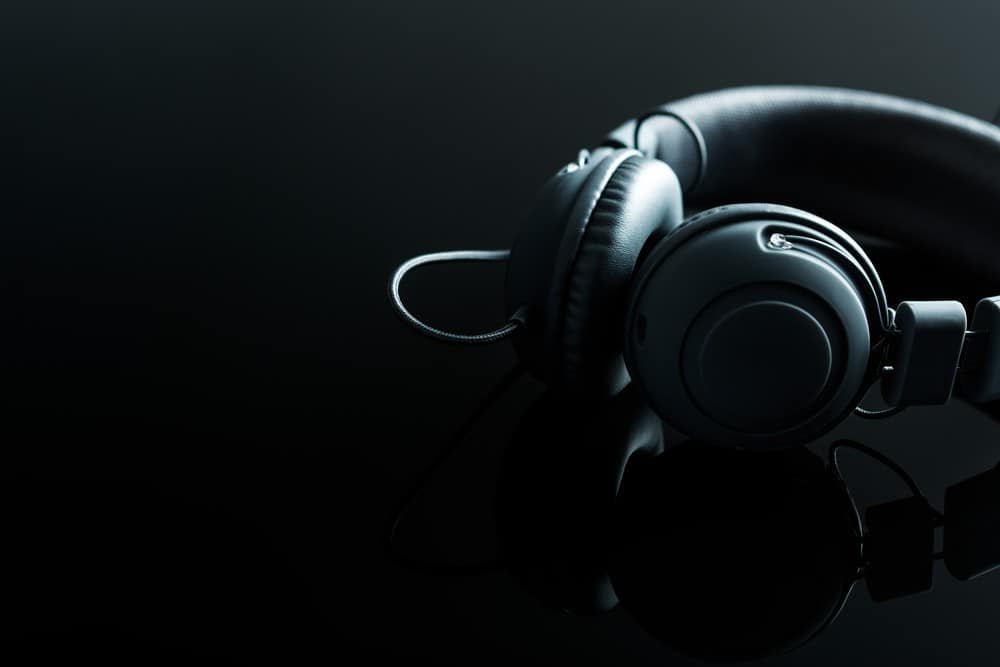













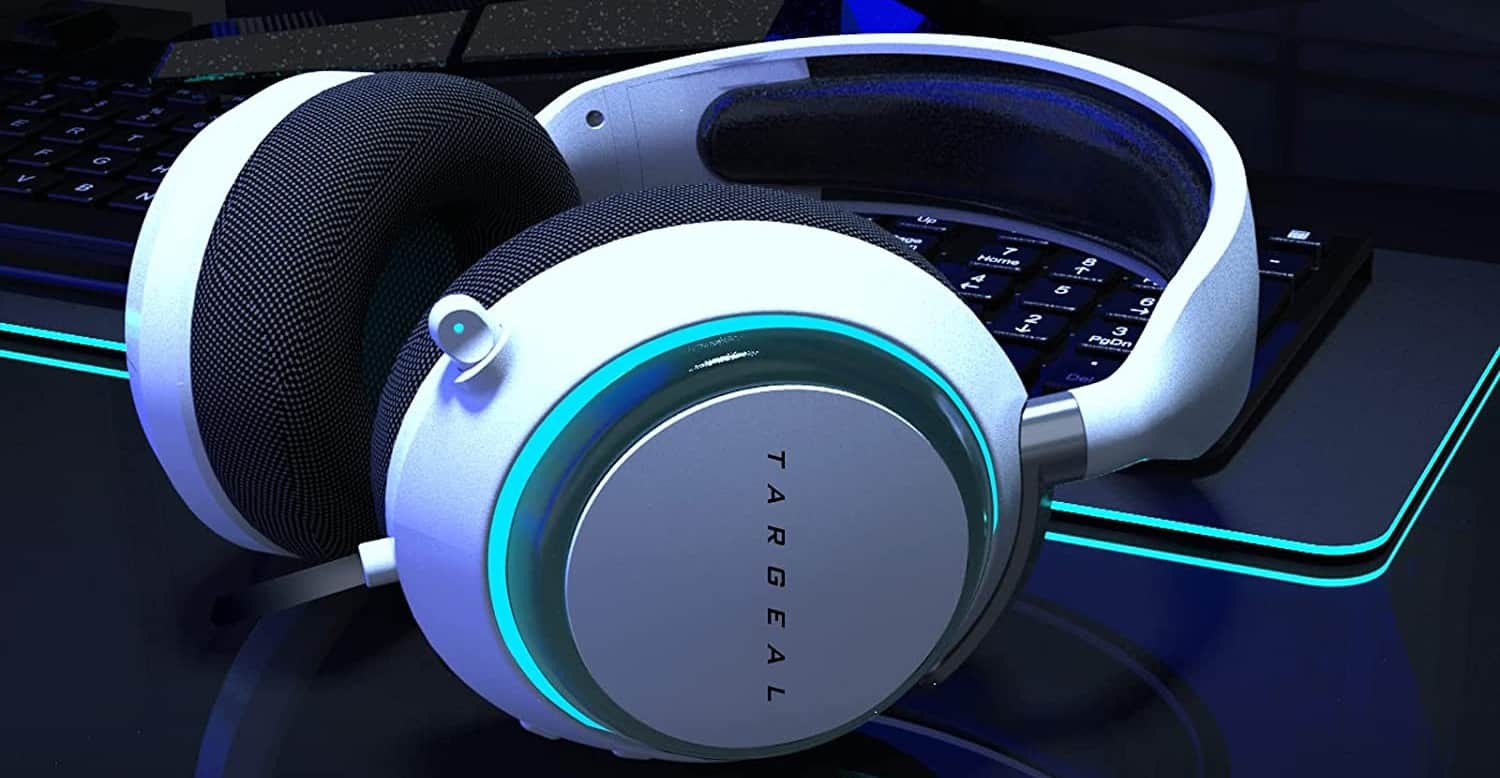
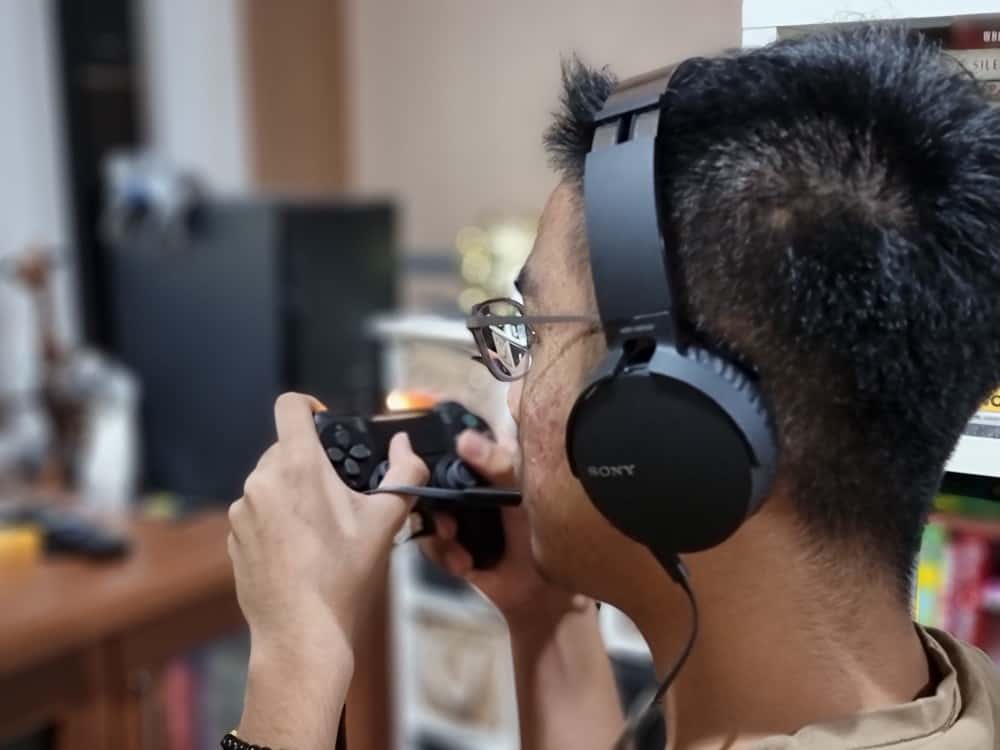
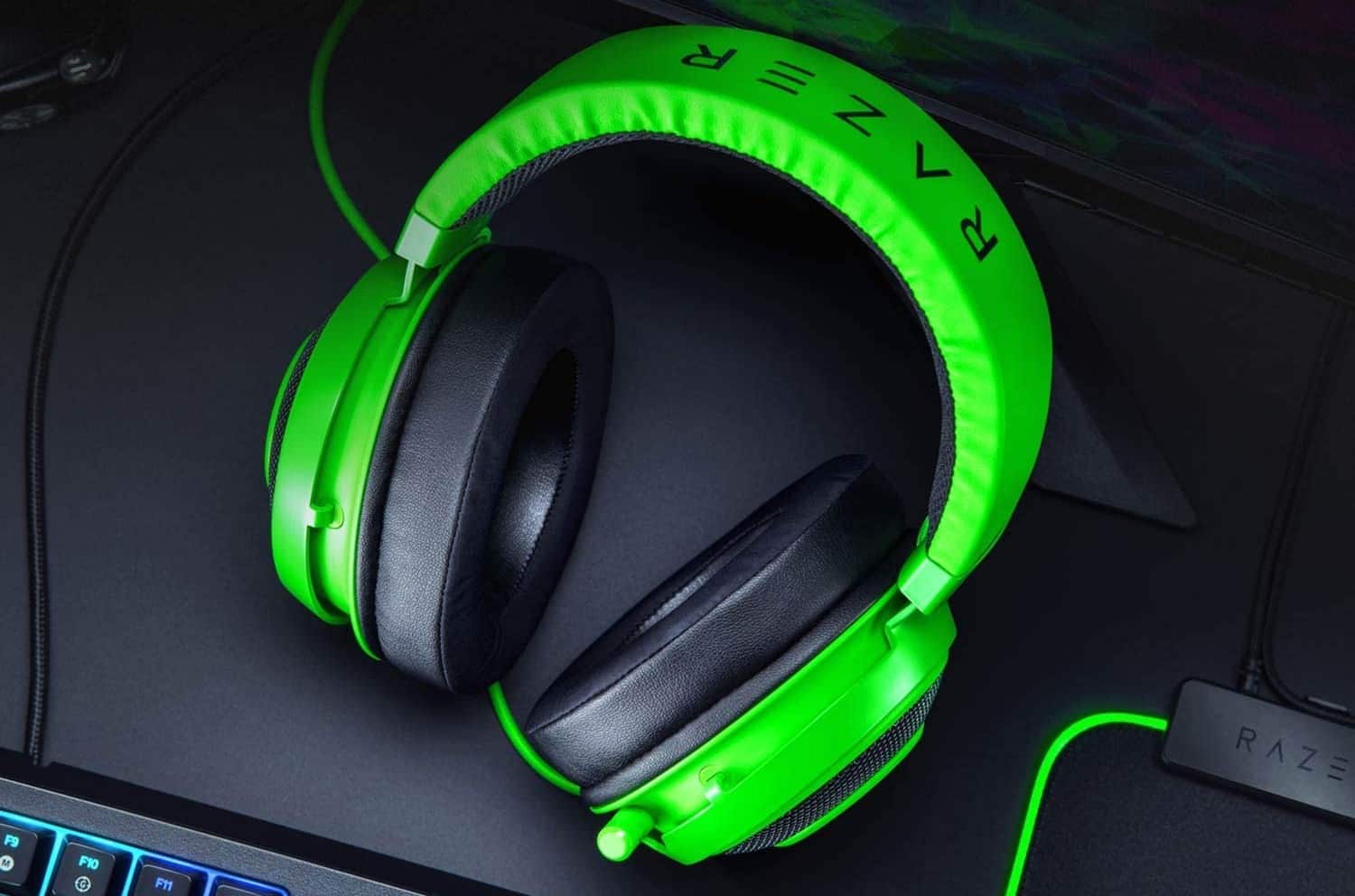
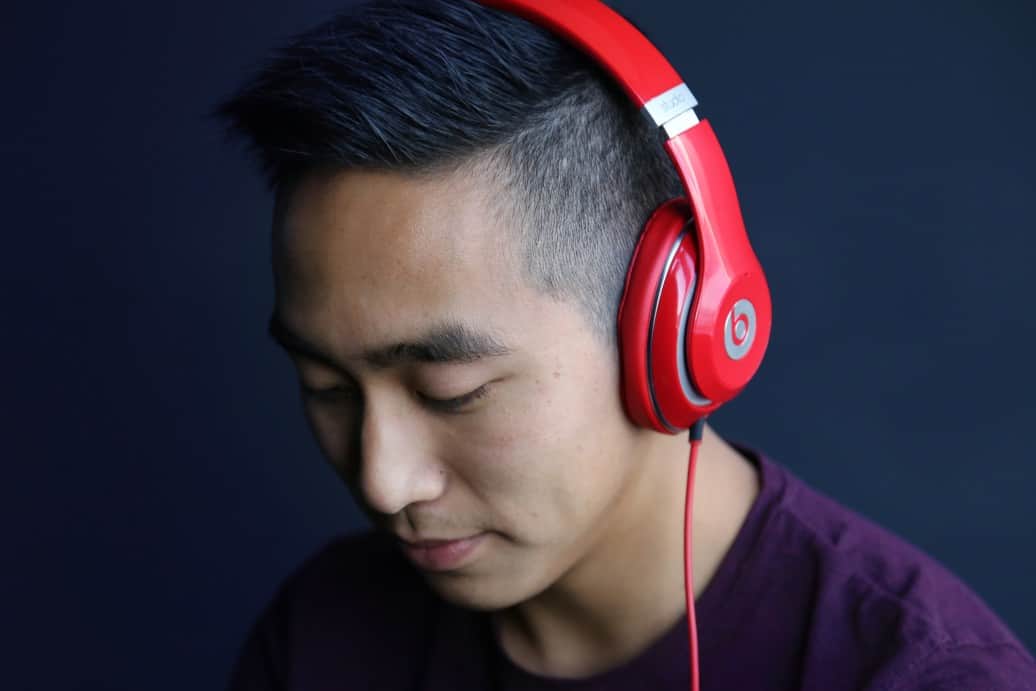
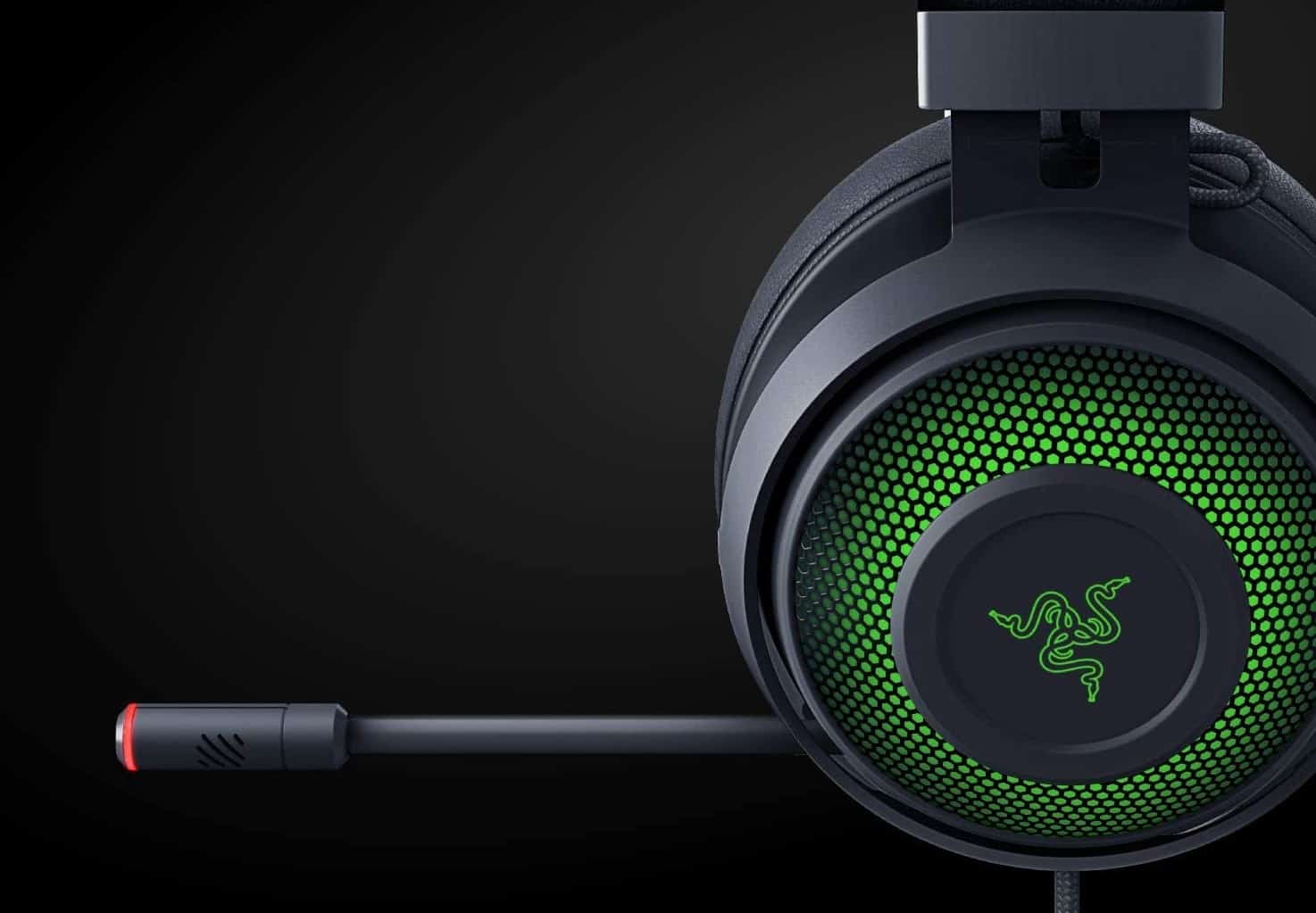
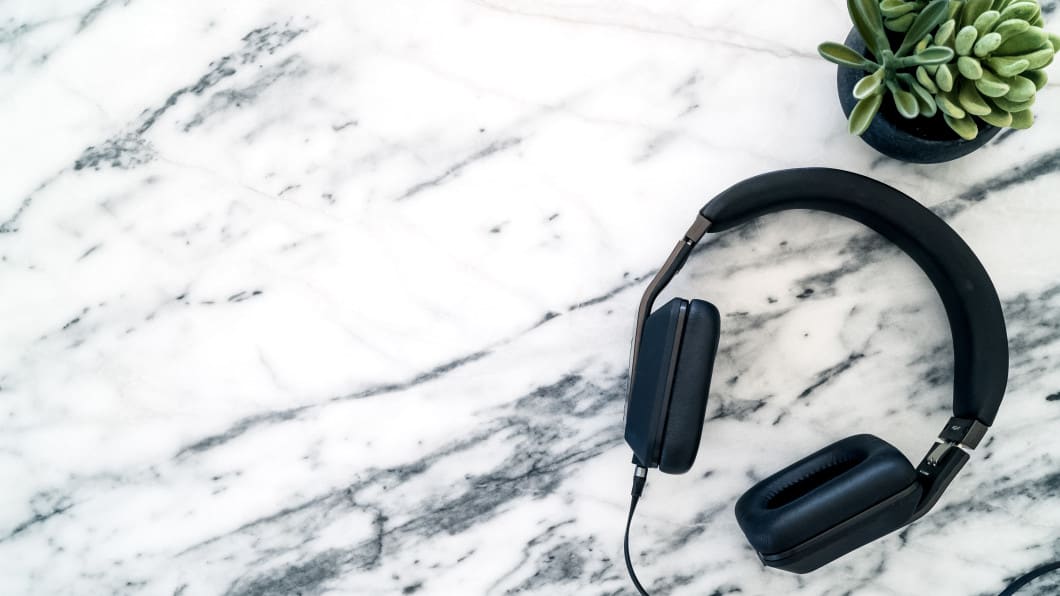

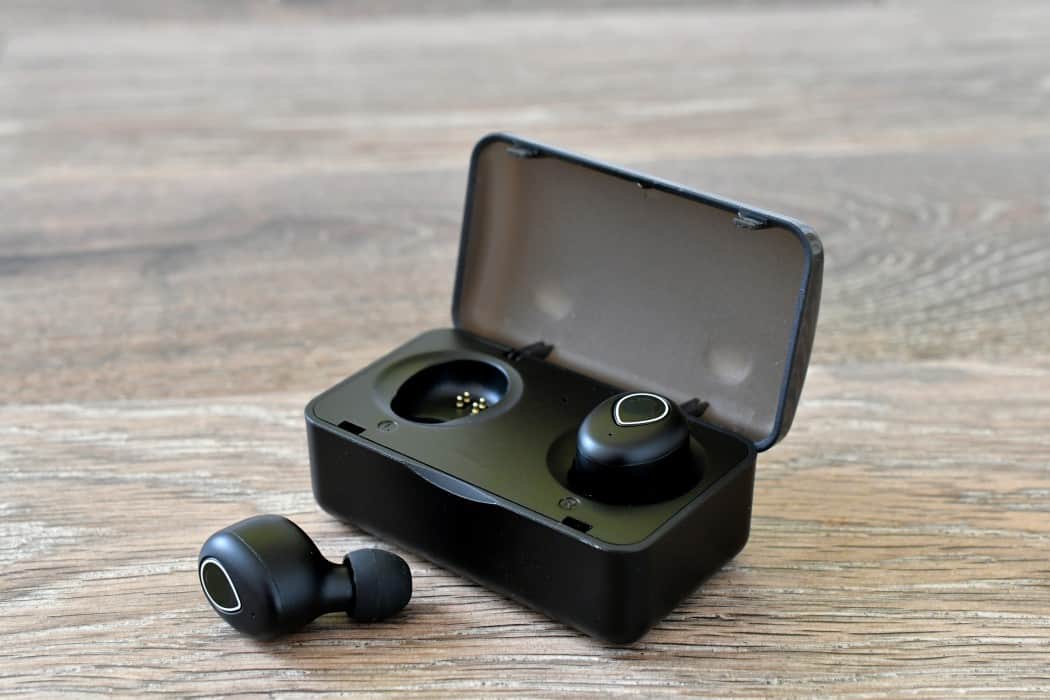
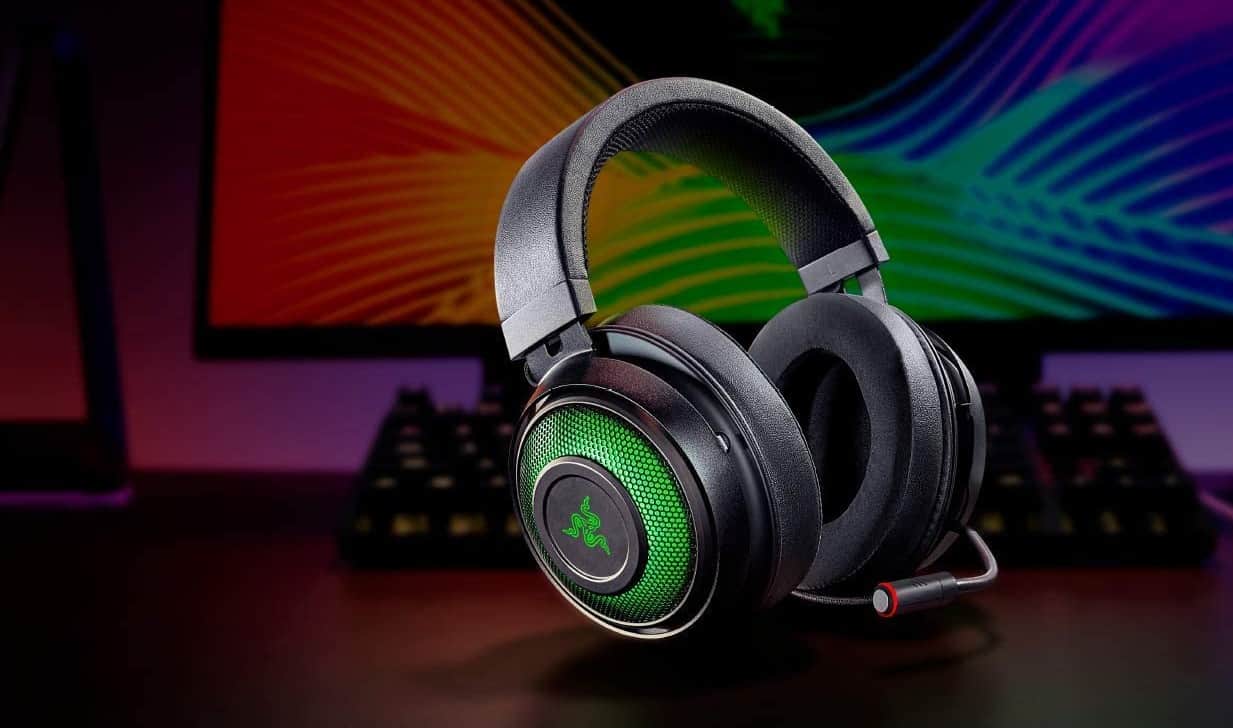
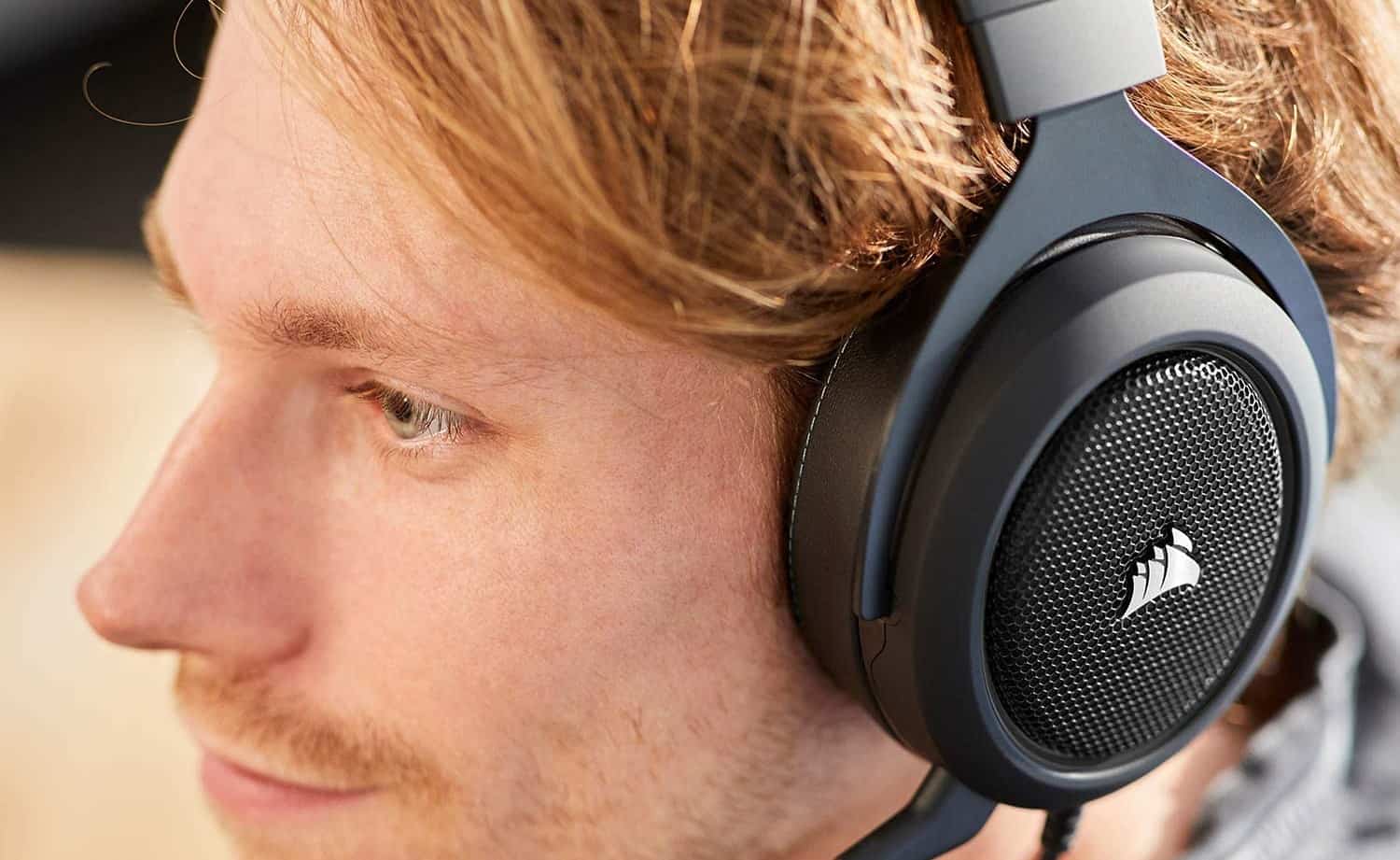
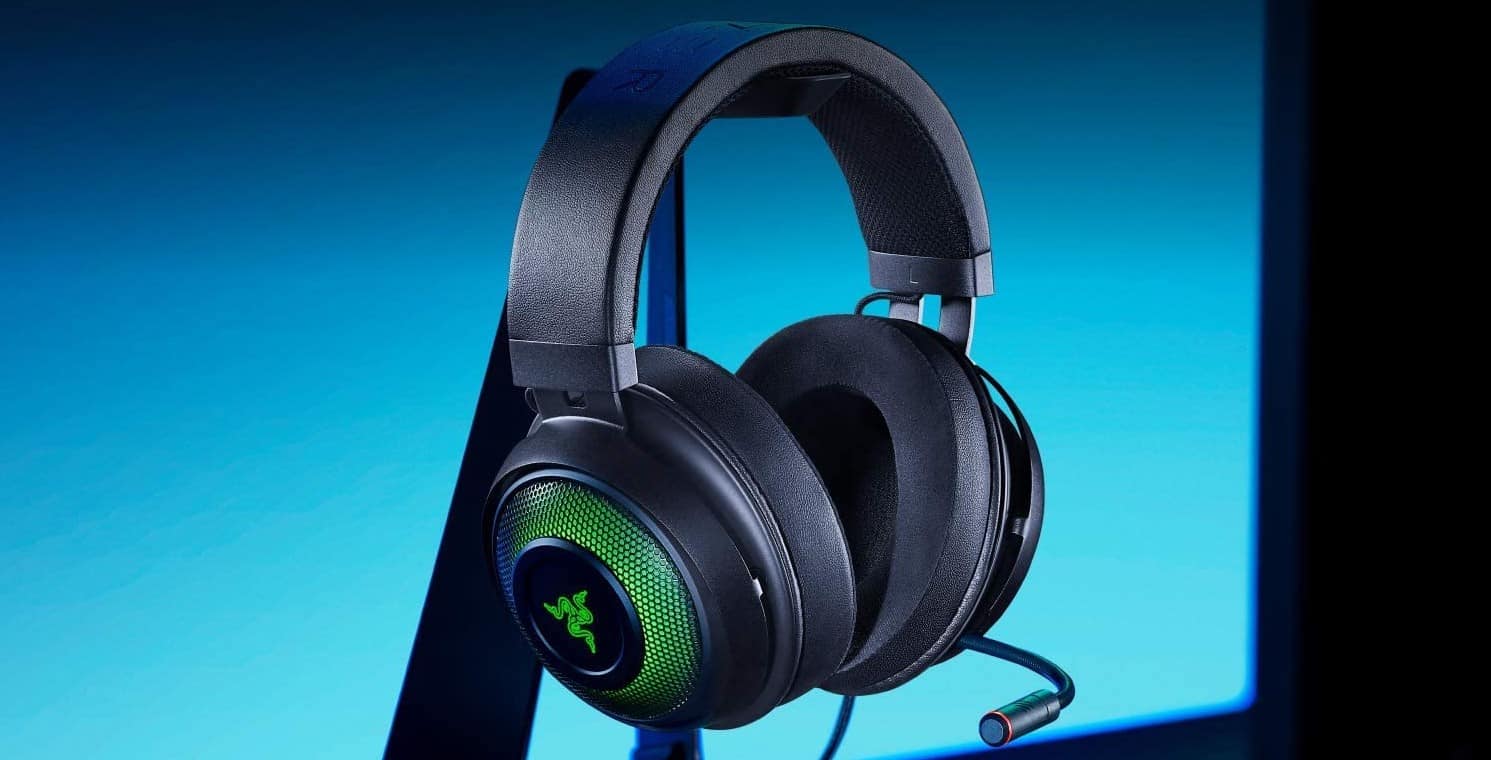
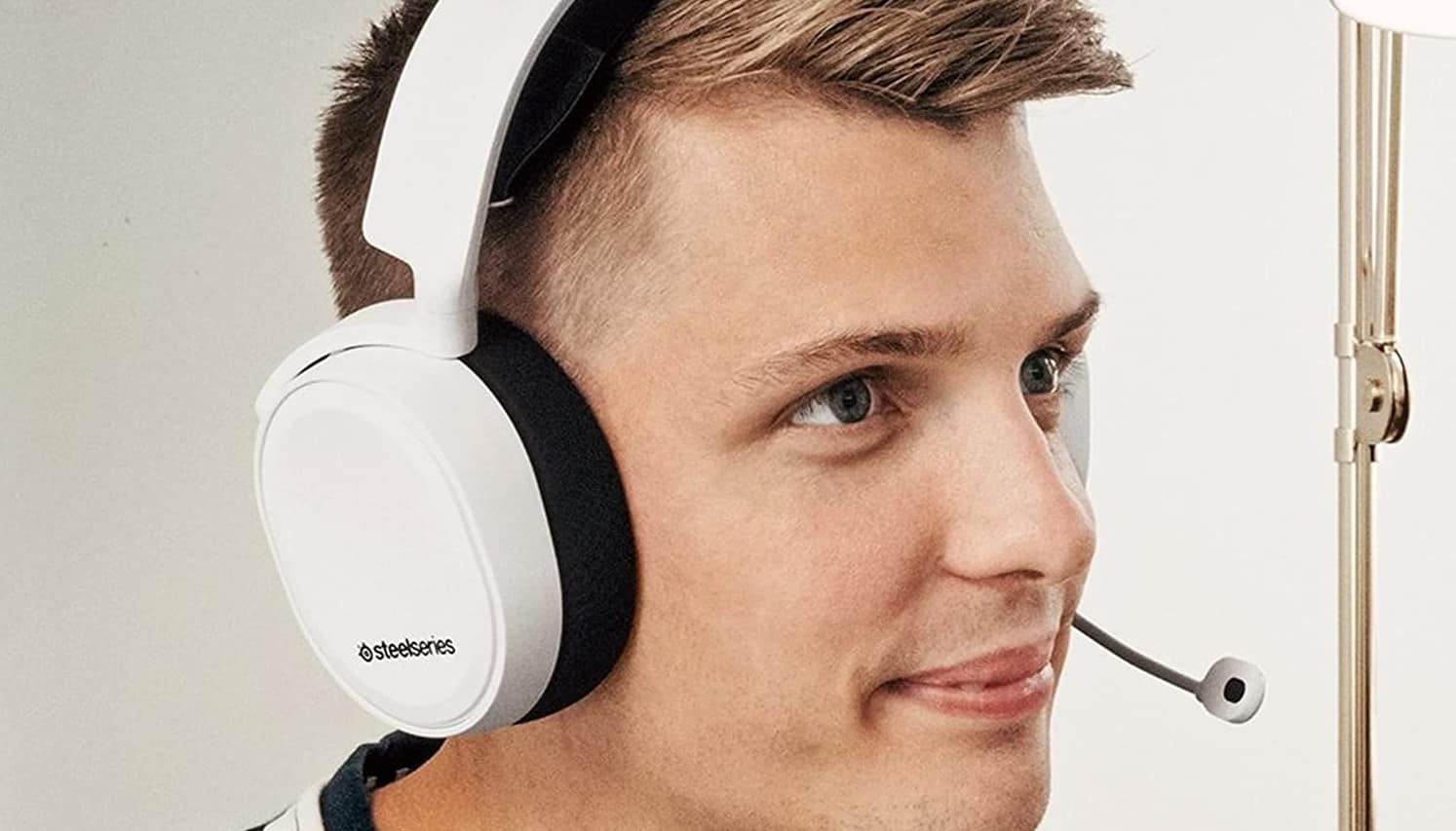
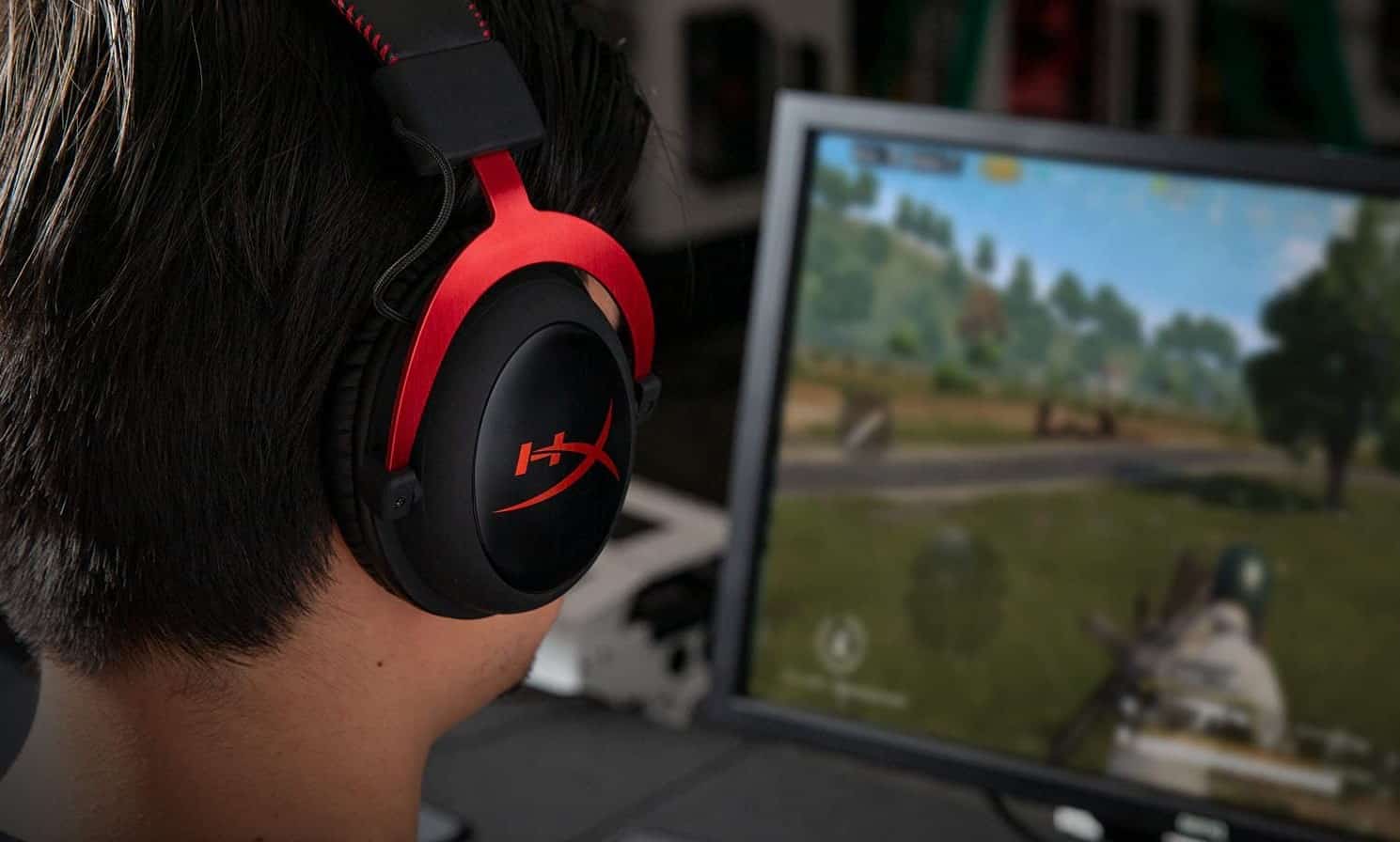
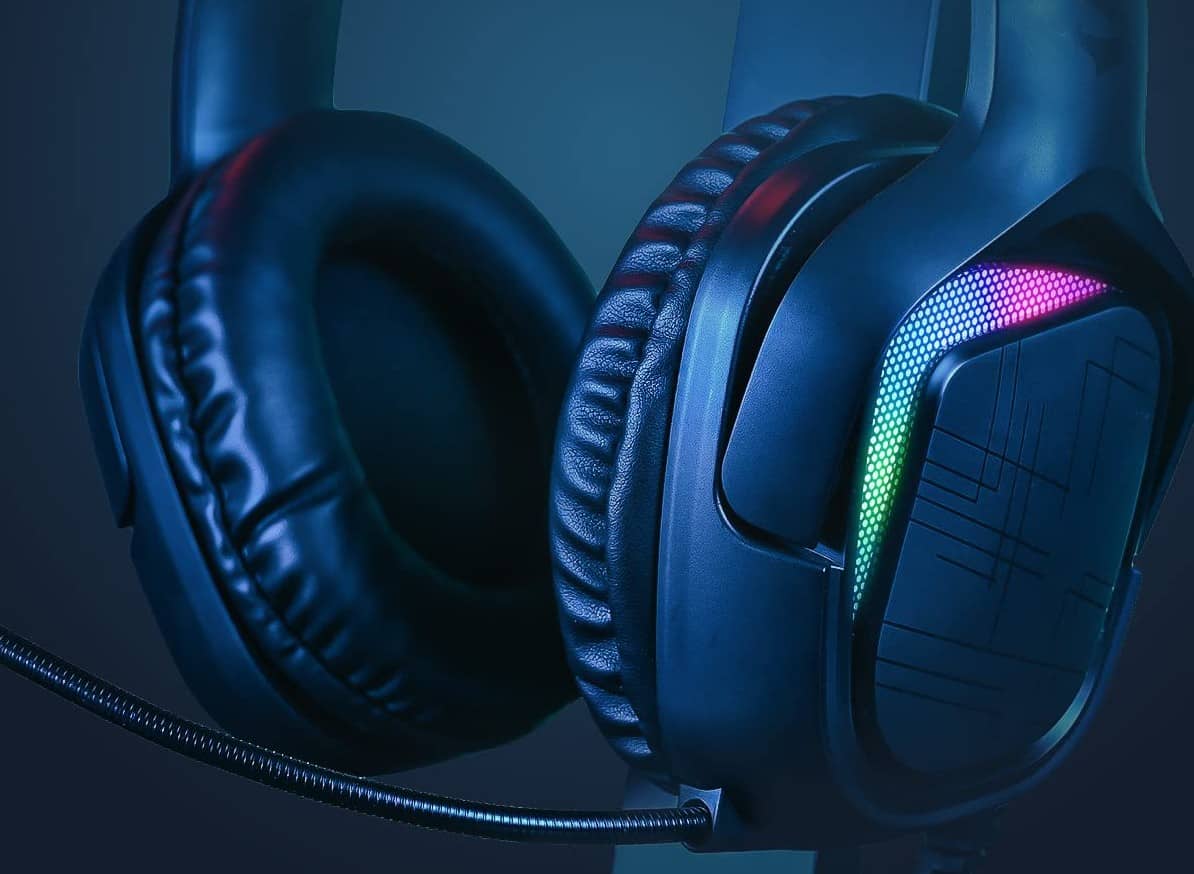
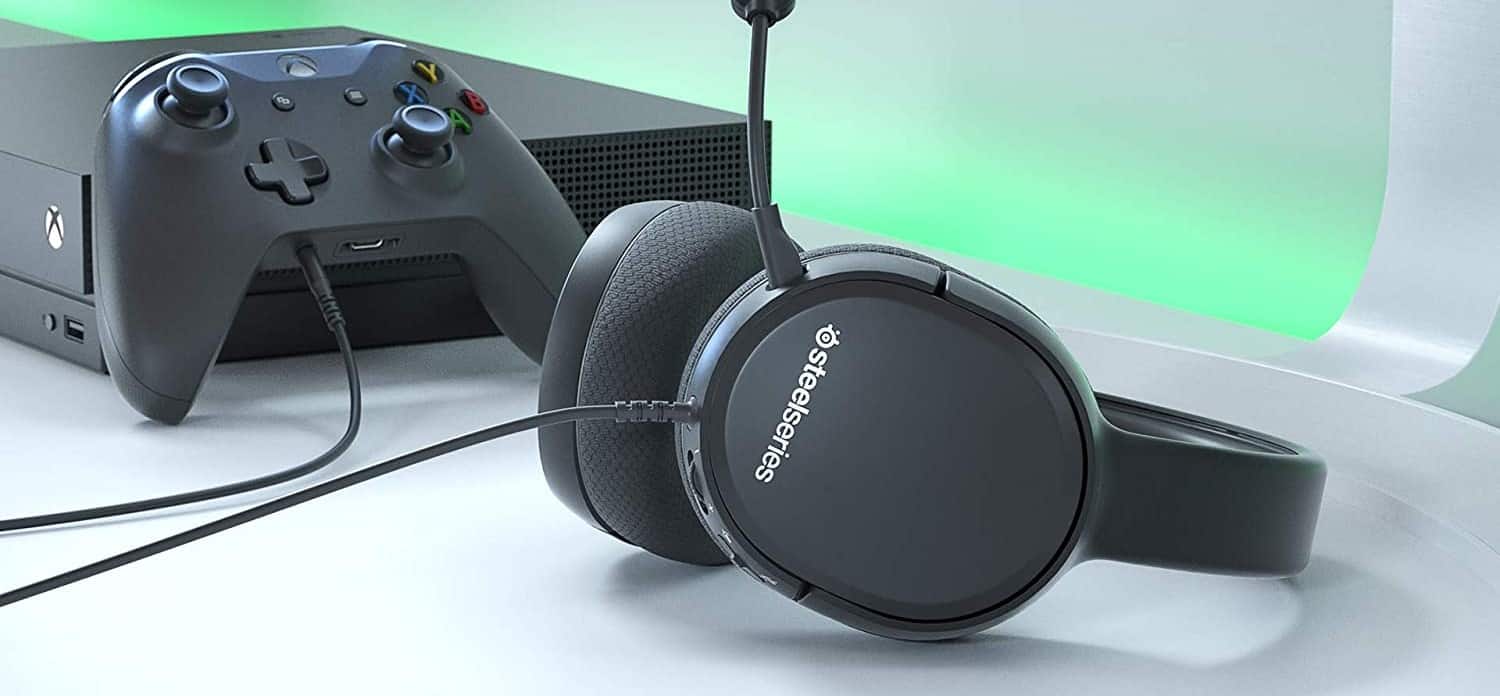
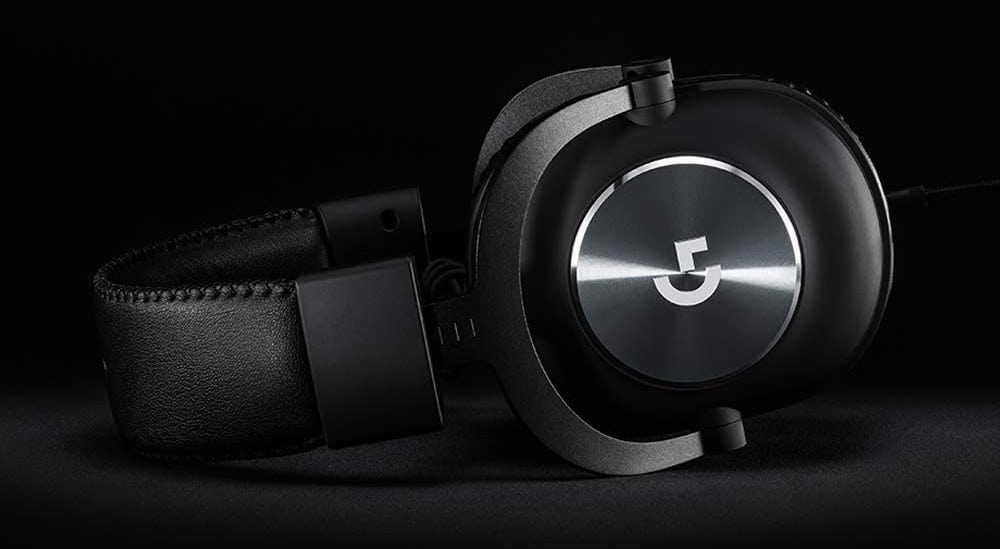
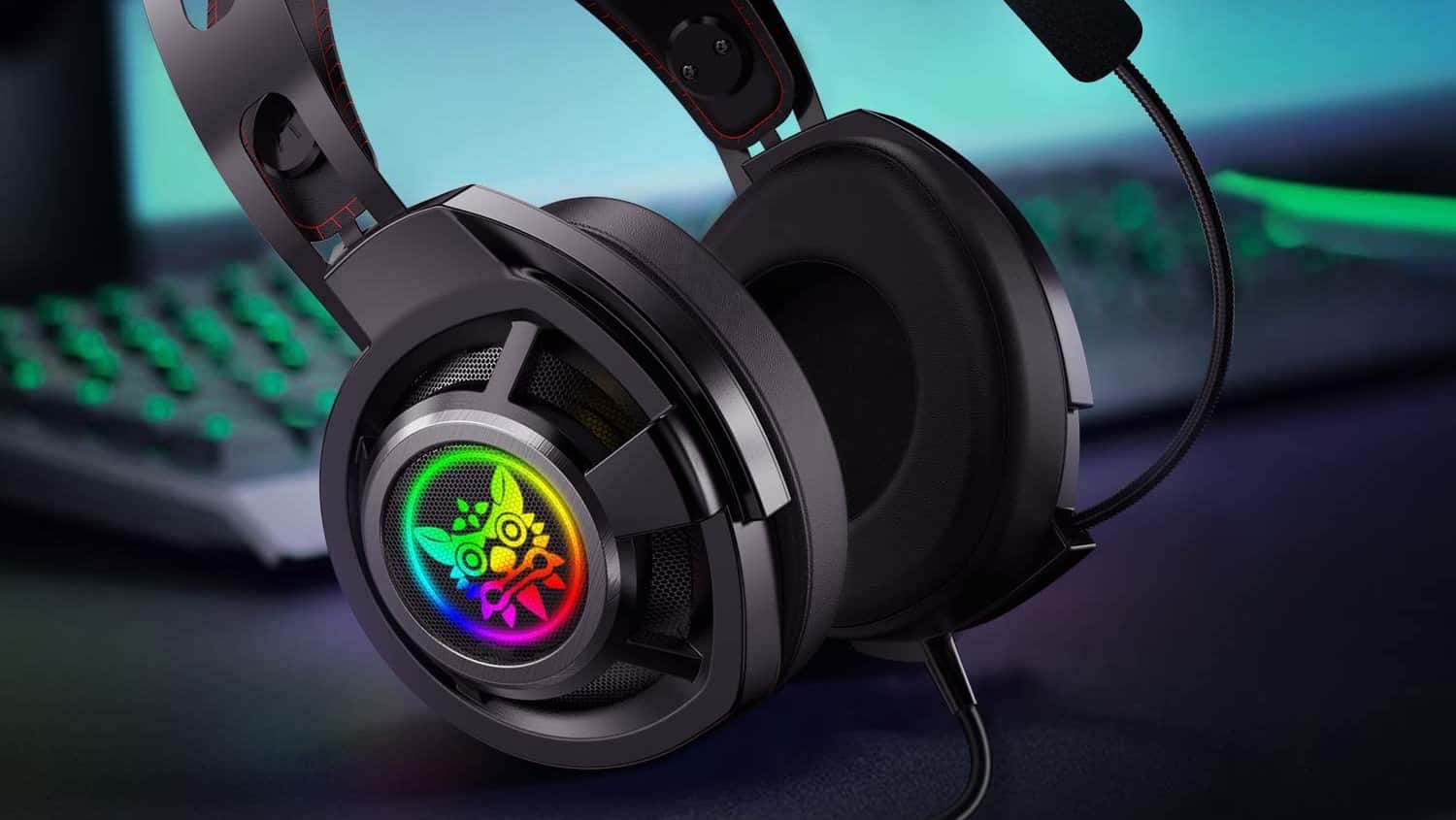
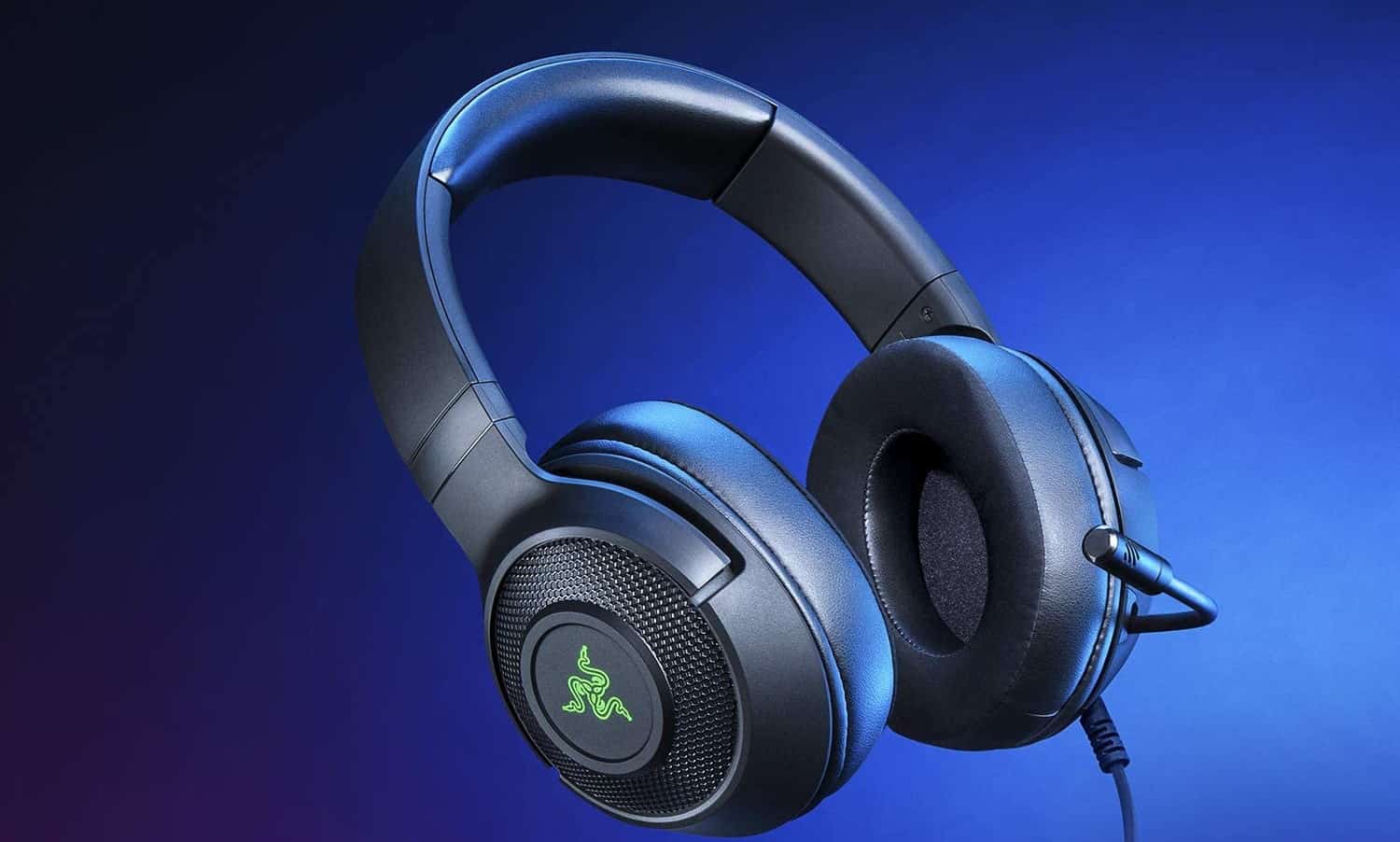
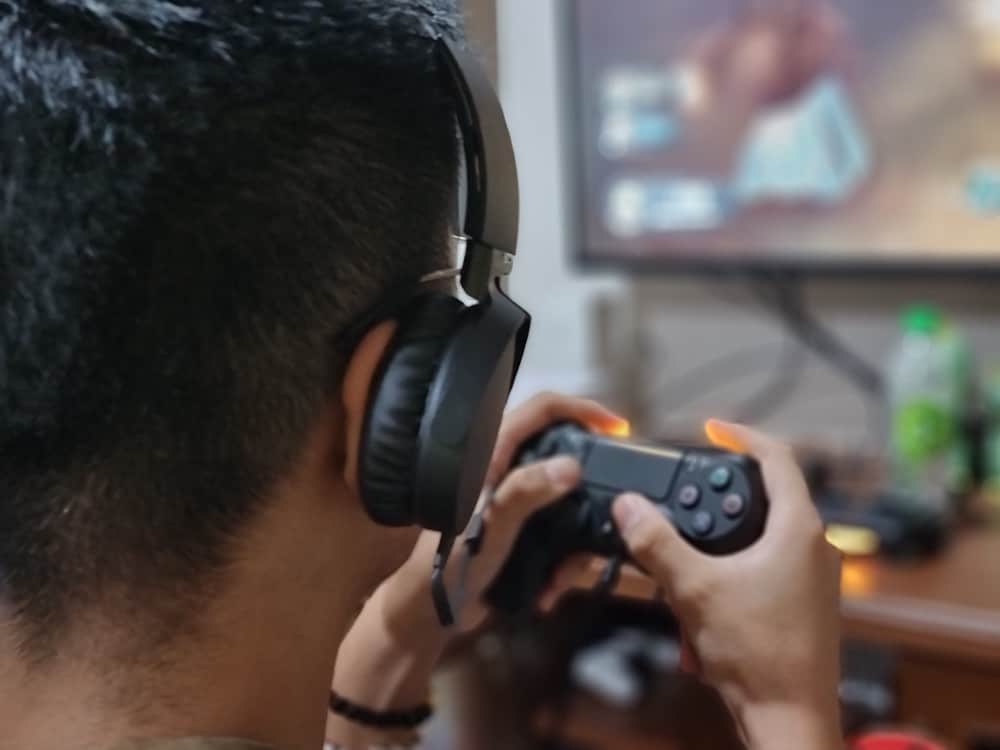

![Best CS:GO Headsets in [year] 27 Best CS:GO Headsets in 2026](https://www.gadgetreview.dev/wp-content/uploads/best-csgo-headset-image.jpg)
![Best Gaming Headset for Glasses Wearers in [year] 28 Best Gaming Headset for Glasses Wearers in 2026](https://www.gadgetreview.dev/wp-content/uploads/best-gaming-headset-for-glasses-wearers-image.jpg)
![Best Bose Gaming Headsets in [year] 29 Best Bose Gaming Headsets in 2026](https://www.gadgetreview.dev/wp-content/uploads/best-bose-gaming-headset-image.jpg)
![Best Gaming Headsets for Big Heads in [year] 30 Best Gaming Headsets for Big Heads in 2026](https://www.gadgetreview.dev/wp-content/uploads/best-gaming-headset-for-big-heads-image.jpg)
![Best HyperX Headsets in [year] 31 Best HyperX Headsets in 2026](https://www.gadgetreview.dev/wp-content/uploads/best-hyperx-headset-image.jpg)
![Best Open Back Gaming Headphones in [year] 32 Best Open Back Gaming Headphones in 2026](https://www.gadgetreview.dev/wp-content/uploads/best-open-back-gaming-headphones-image.jpg)
![Best Alienware Gaming Headsets in [year] 33 Best Alienware Gaming Headsets in 2026](https://www.gadgetreview.dev/wp-content/uploads/best-alienware-gaming-headset-image.jpg)
![Best Audiophile Gaming Headphones in [year] 34 Best Audiophile Gaming Headphones in 2026](https://www.gadgetreview.dev/wp-content/uploads/best-audiophile-gaming-headphones-image.jpg)
![Best Mics for PC Gaming in [year] 35 Best Mics for PC Gaming in 2026](https://www.gadgetreview.dev/wp-content/uploads/best-mic-for-pc-gaming-image.jpg)
![Best Gaming Headsets for Kids in [year] 36 Best Gaming Headsets for Kids in 2026](https://www.gadgetreview.dev/wp-content/uploads/best-gaming-headset-for-kids-image.jpg)
![Best USB Gaming Headsets in [year] 37 Best USB Gaming Headsets in 2026](https://www.gadgetreview.dev/wp-content/uploads/best-usb-gaming-headset-image.jpg)
![Best Headsets for Streaming in [year] 38 Best Headsets for Streaming in 2026](https://www.gadgetreview.dev/wp-content/uploads/best-headset-for-streaming-image.jpg)
![Best Headsets for Nintendo Switch in [year] 39 Best Headsets for Nintendo Switch in 2026](https://www.gadgetreview.dev/wp-content/uploads/best-headset-for-nintendo-switch-image.jpg)
![Best Headsets for Call of Duty in [year] 40 Best Headsets for Call of Duty in 2026](https://www.gadgetreview.dev/wp-content/uploads/best-headset-for-call-of-duty-image.jpg)
![Best Headsets for Fortnite in [year] 41 Best Headsets for Fortnite in 2026](https://www.gadgetreview.dev/wp-content/uploads/best-headset-for-fortnite-image.jpg)
![Best Logitech Headsets in [year] 42 Best Logitech Headsets in 2026](https://www.gadgetreview.dev/wp-content/uploads/best-logitech-headset-image.jpg)
![Best PS5 Headsets in [year] 43 Best PS5 Headsets in 2026](https://www.gadgetreview.dev/wp-content/uploads/best-ps5-headset-image.jpg)
![Best Sony Gaming Headsets in [year] 44 Best Sony Gaming Headsets in 2026](https://www.gadgetreview.dev/wp-content/uploads/best-sony-gaming-headset-image.jpg)
![Best LucidSound Gaming Headsets in [year] 45 Best LucidSound Gaming Headsets in 2026](https://www.gadgetreview.dev/wp-content/uploads/best-lucidsound-gaming-headset-image.jpg)
![Best Razer Gaming Headsets in [year] 46 Best Razer Gaming Headsets in 2026](https://www.gadgetreview.dev/wp-content/uploads/best-razer-gaming-headset-image.jpg)
